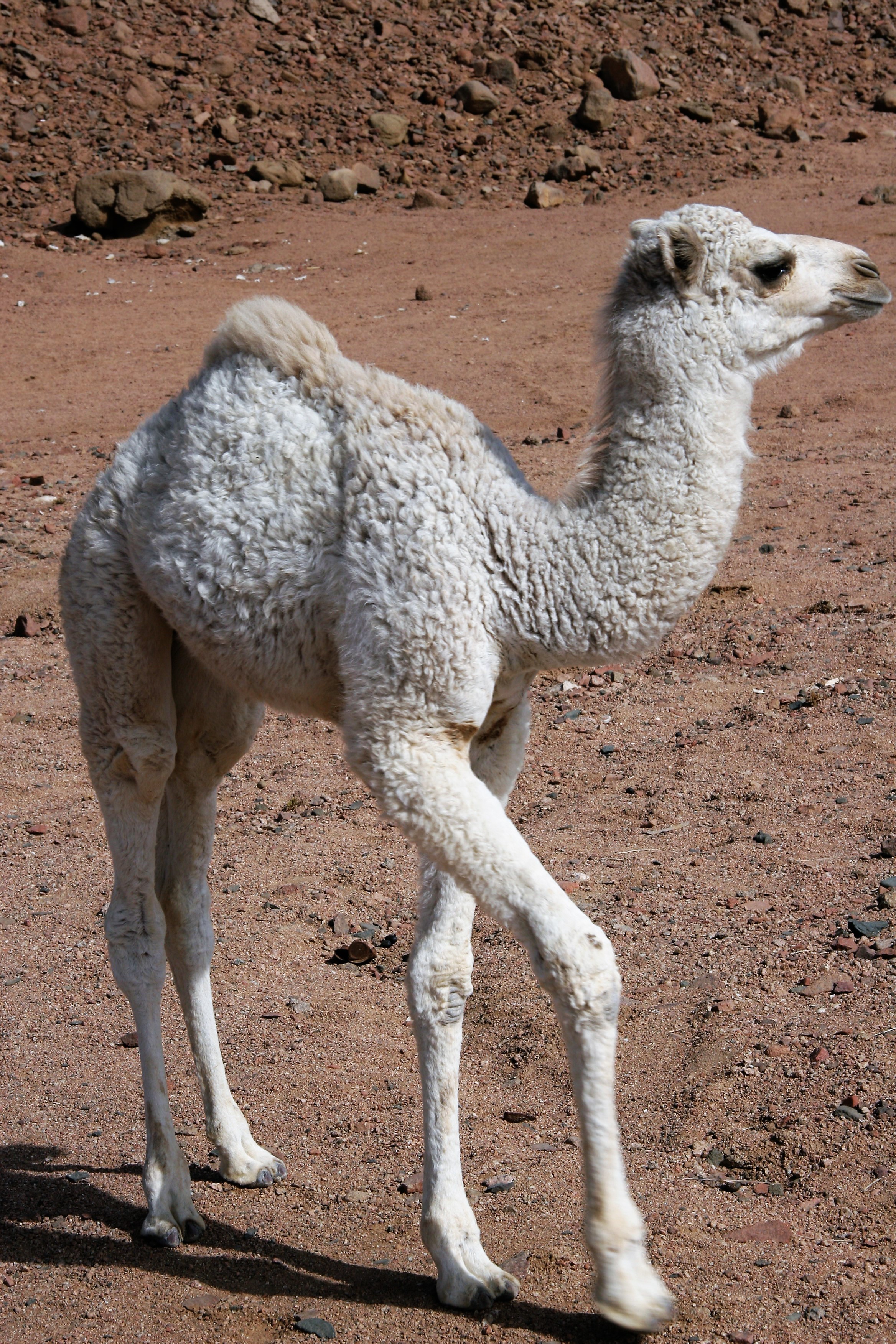The British may have invented bureaucracy but the Egyptians perfected it. And we met it full on at customs and immigration when entering into Egypt. Something we had done on each entry into every country but Egypt was different. We had heard stories about how difficult it is to bring a car into Egypt and they turned out to be true. It took us three days to finally get our Carnet’s stamped and drive out of the customs parking lot we even had to get Egyptian registration.
Enlarge
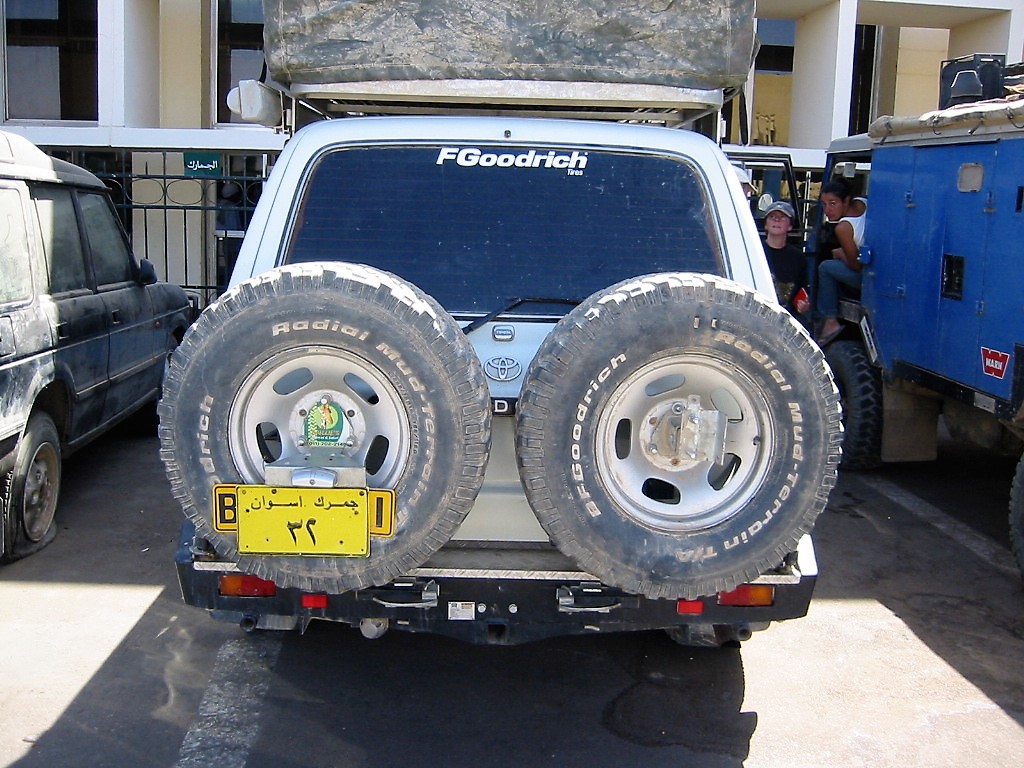
Adventurouspirits
Fortunately port of Aswan, where we had to stay while processing our vehicle through customs is s a quaint village on the shore of the Nile River. It was once a little fishing village and is now a busy port of call for large luxurious cruise barges which sail the Nile River from Luxor or Abu Simbel. Despite being a busy tourist town, it has managed to maintain a charm of its own. We spent hours exploring the colourful souk (open-air market), where friendly Egyptians hustled us to buy aromatic spices, fresh vegetables and fruit, kitschy souvenirs, semi-precious stones or simply join them for a coffee and a shisha. As we strolled along the corniche, watching feluccas sailing, we were constantly invited to take a “felucca for only five Egyptian pounds.”
Enlarge

Adventurouspirits
We stayed overnight at Bedouin Hotel called Adam’s home, where we met up again with Ivan and Rachel.
Enlarge

Adventurouspirits
There are so many magnificent temples to see that one could spend a lifetime visiting them and not see all of them. The Palace of Horus in the city of Edfu was on our route north so we stopped in to explore it. It is one of the best preserved shrines in Egypt. The temple, dedicated to the falcon god Horus. It was built in 57BC, that is incredible.
Enlarge
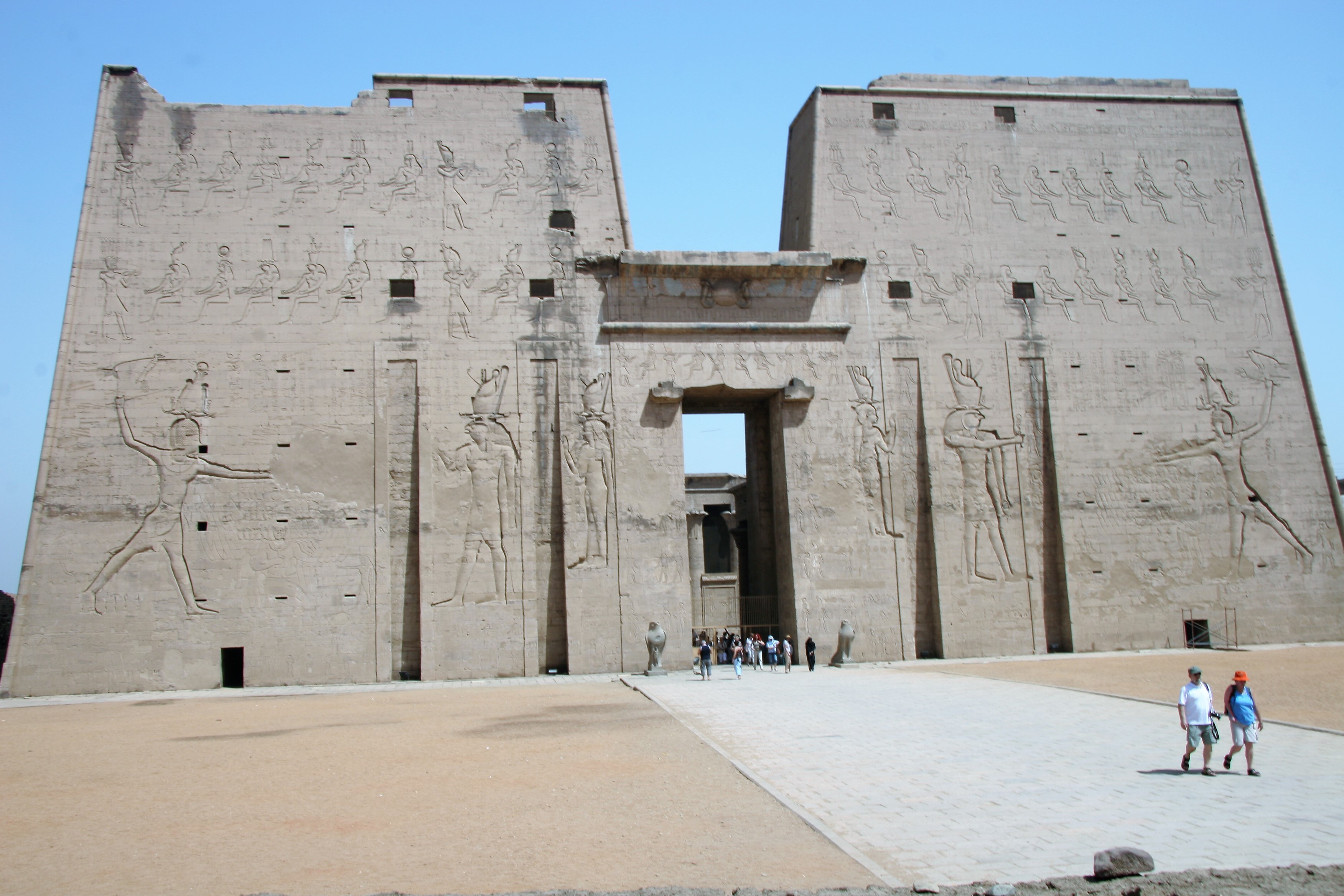
Adventurouspirits
Enlarge
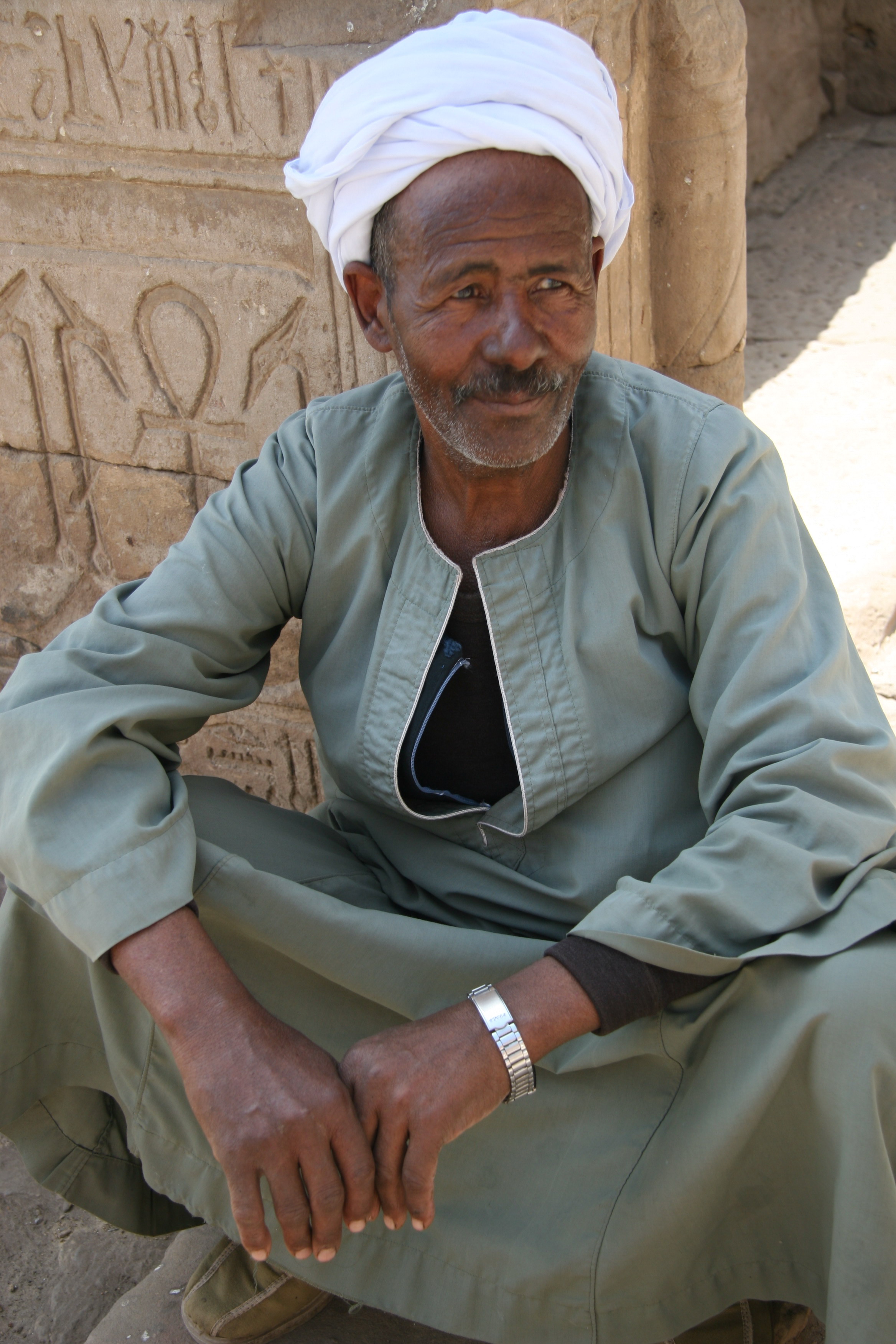
Adventurouspirits
We stayed a few days in Luxor exploring the city and its surrounds.We were now in tourist company. The luxury Nile cruise boats were a sure sign.
Enlarge
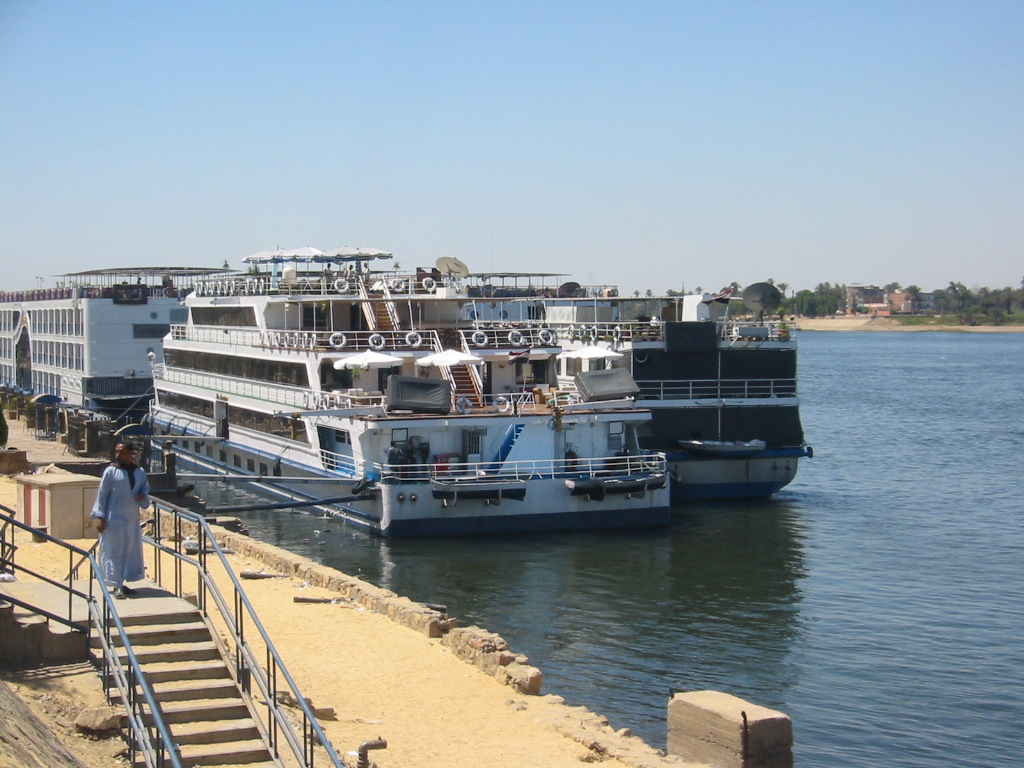
Advebnturouspirits
Enlarge

Advneturouspirits
A great place to stay in Luxor if you are overlanding is Rezeiky Campsite and Hotel. The six of us who had been travelling together on and off since Ethiopia reunited there and enjoyed the food, apple spiced tobacco and each other’s company.
Enlarge
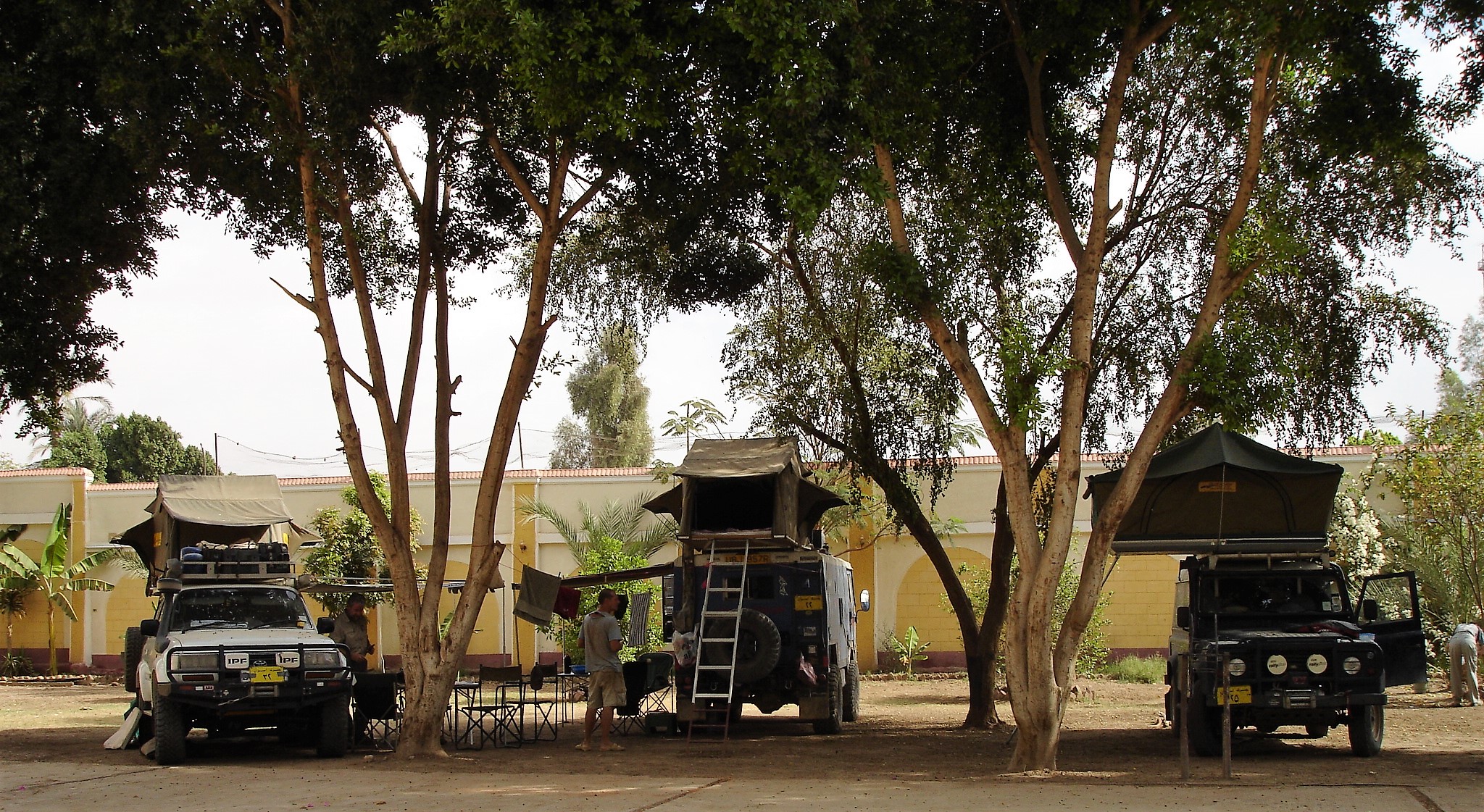
Adventurouspirits
Enlarge
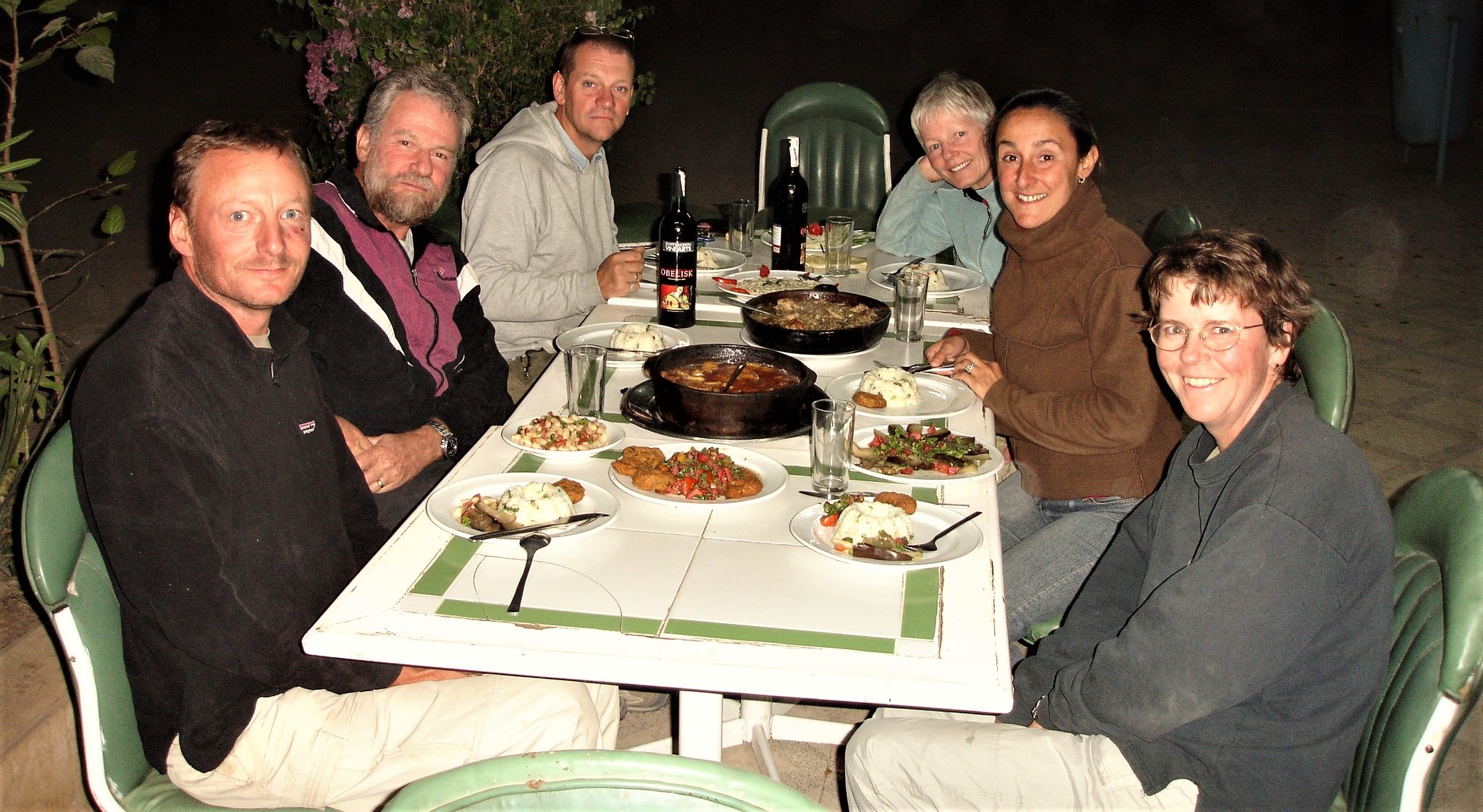
Adventurouspirits
Enlarge
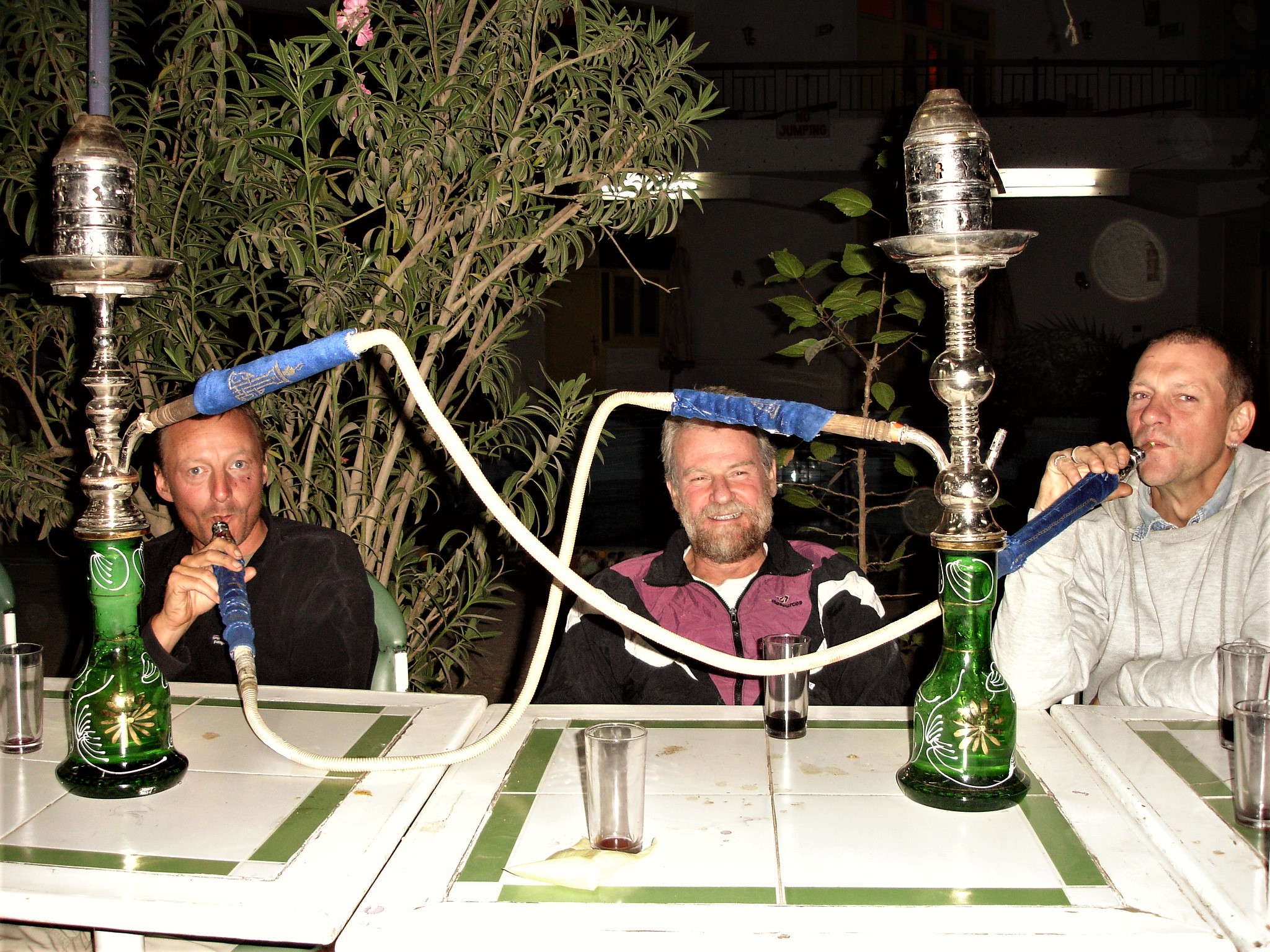
Adventurouspirits
We wanted to celebrate our friendship and journey together with a wee dram. We located a liquor store in the souk and for the princely sum of $5.00 dollars purchased a bottle. After the scrumptious dinner we excitedly opened our brand new bottle of Johny Walker 12 Year old whiskey. After a heart felt toast we thirstily gulped down the golden liquid. Instead of a pleasant warm feeling gliding down my throat, a foul taste enveloped my consciousness and I immediately ejected what I had swallowed. It was awful, tasted like a mixture of turpentine and gasoline. UGH!!!. On closer inspection of the label I discovered it was a knock-off, John Waler. No wonder it was so cheap. anyway we had a good laugh and whilst I refused to ingest anymore of the foul tasting liquid, Mark and Ivan seemed to enjoy it more and more as the evening wore on. And they were still alive the following morning although looking a little pale
Enlarge
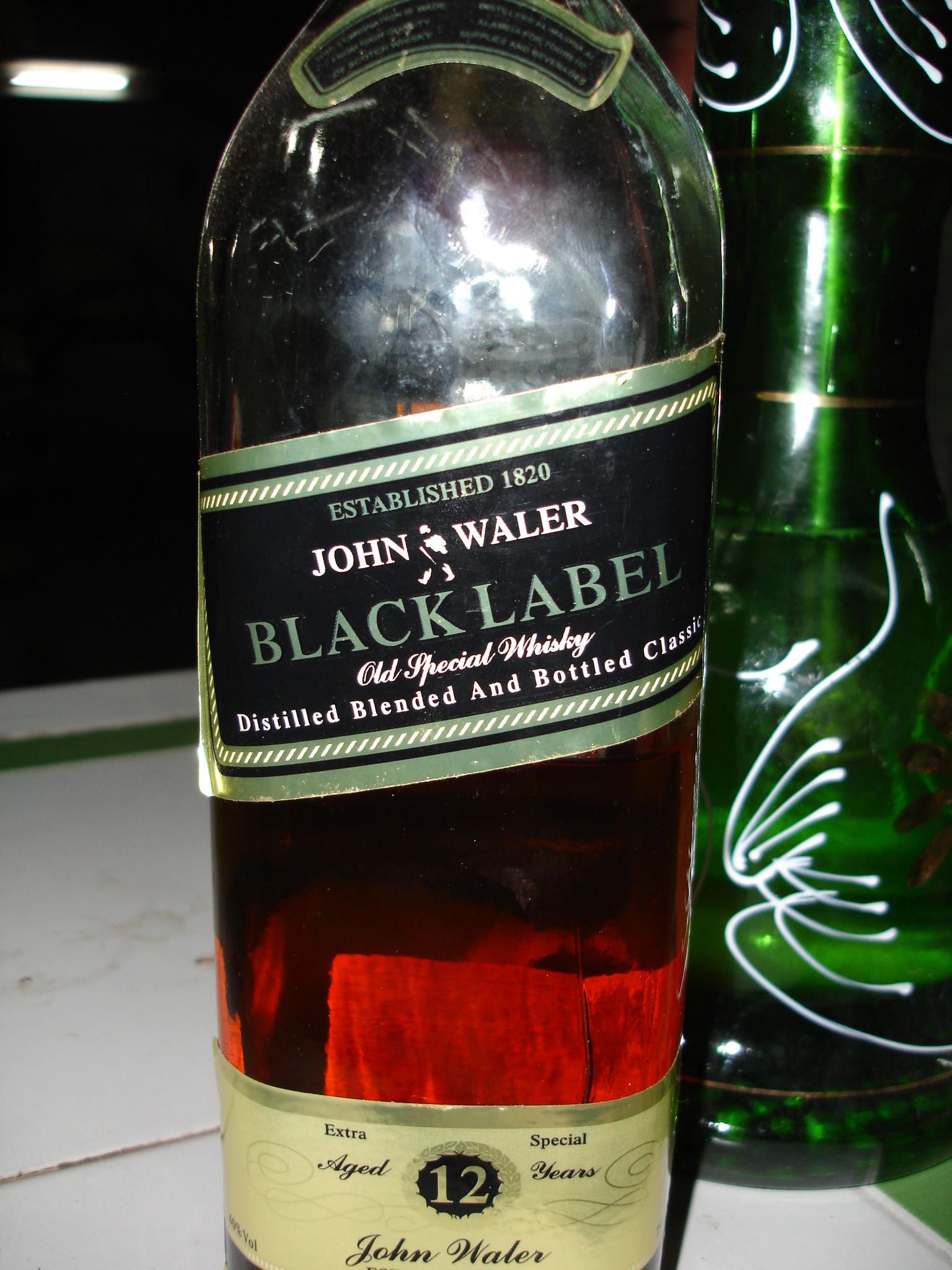
Adventurouspirits
Across the Nile River on the west bank lies the Theban Necropolis, perhaps one of the world’s greatest archeological site.
Enlarge
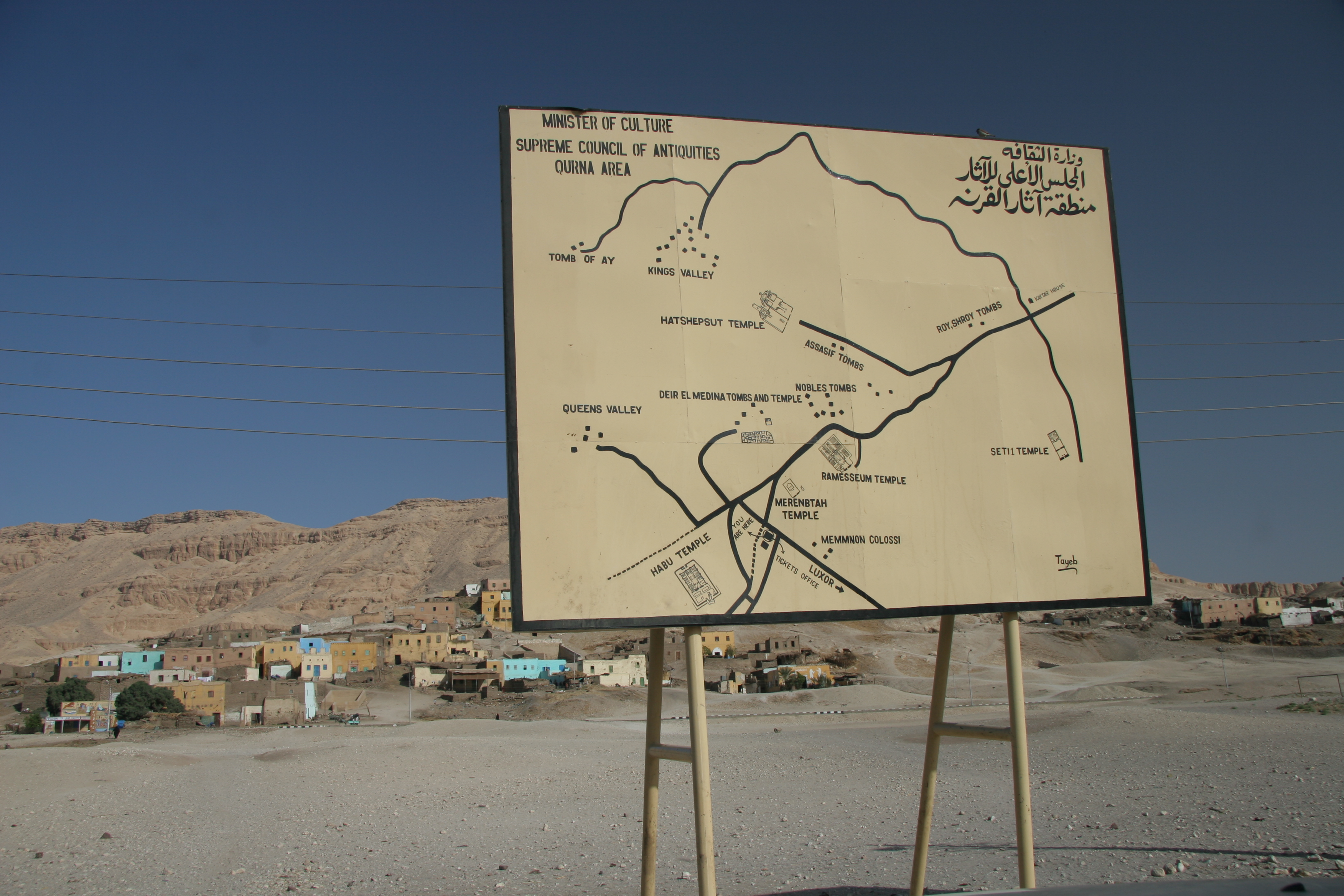
Adventurouspirits
It was here in the Valley of the Kings, that Tutankhamen’s tomb was discovered. By digging their tombs deep into the surrounding hills, the pharaohs hoped to prevent grave robbers from stealing the priceless treasures.We explored some of the tombs of the pharaohs in the Valley of the Kings and the Tombs of the Nobles with their magnificent and vivid artwork.
Enlarge

Adventurouspirits
Enlarge

Adventurouspirits
The imposing Hatsheput Temple against the stark mountain backdrop, which is beautifully restored, had us in awe. Tom climbed up the mountain to gaze down at this magnificent temple.
Enlarge

Advnenturouspirits
Our favourite was the beautiful Temple of Medina Habu not as imposing but to us, the most stunning.
Enlarge

Adventurouspirits
Before turning north we head south to visit the impressive Abu Simbel.
The Abu Simbel temples are two massive rock temples at Abu Simbel (Arabic: أبو سمبل), a village in Nubia, southern Egypt, near the border with Sudan. They are situated on the western bank of Lake Nasser, about 230 km southwest of Aswan (about 300 km by road). The complex is part of the UNESCO World Heritage Site known as the “Nubian Monuments”,[1] which run from Abu Simbel downriver to Philae (near Aswan). The twin temples were originally carved out of the mountainside in the 13th century BC, during the 19th dynasty reign of the Pharaoh Ramesses II. They serve as a lasting monument to the king and his queen Nefertari, and commemorate his victory at the Battle of Kadesh. Their huge external rock relief figures have become iconic.
The complex was relocated in its entirety in 1968, on an artificial hill made from a domed structure, high above the Aswan High Dam reservoir. The relocation of the temples was necessary or they would have been submerged during the creation of Lake Nasser, the massive artificial water reservoir formed after the building of the Aswan High Dam on the Nile River.
Enlarge
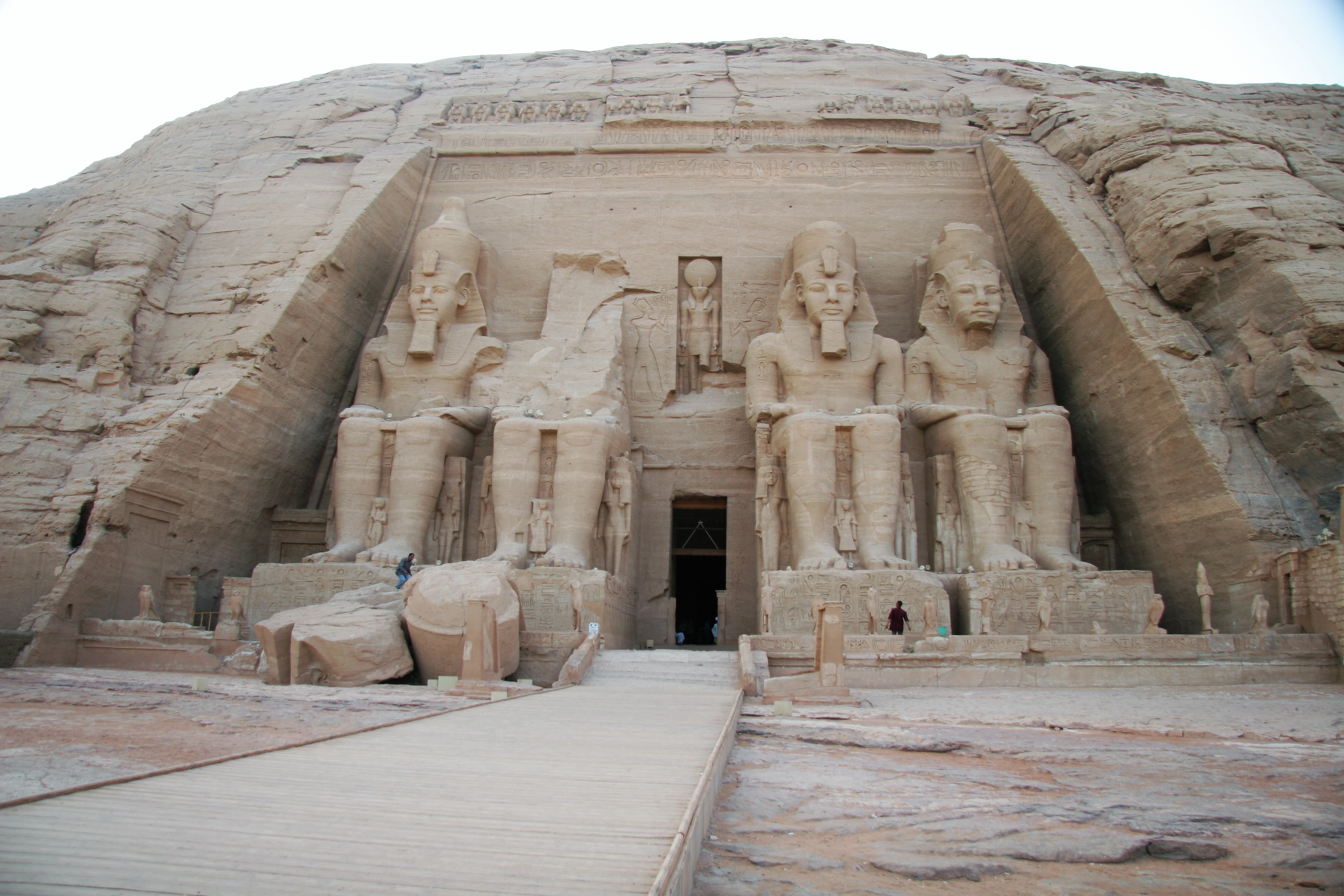
Adventurouspirits
The scale is impressive. Ramses II must’ve had a sizeable ego.
Enlarge
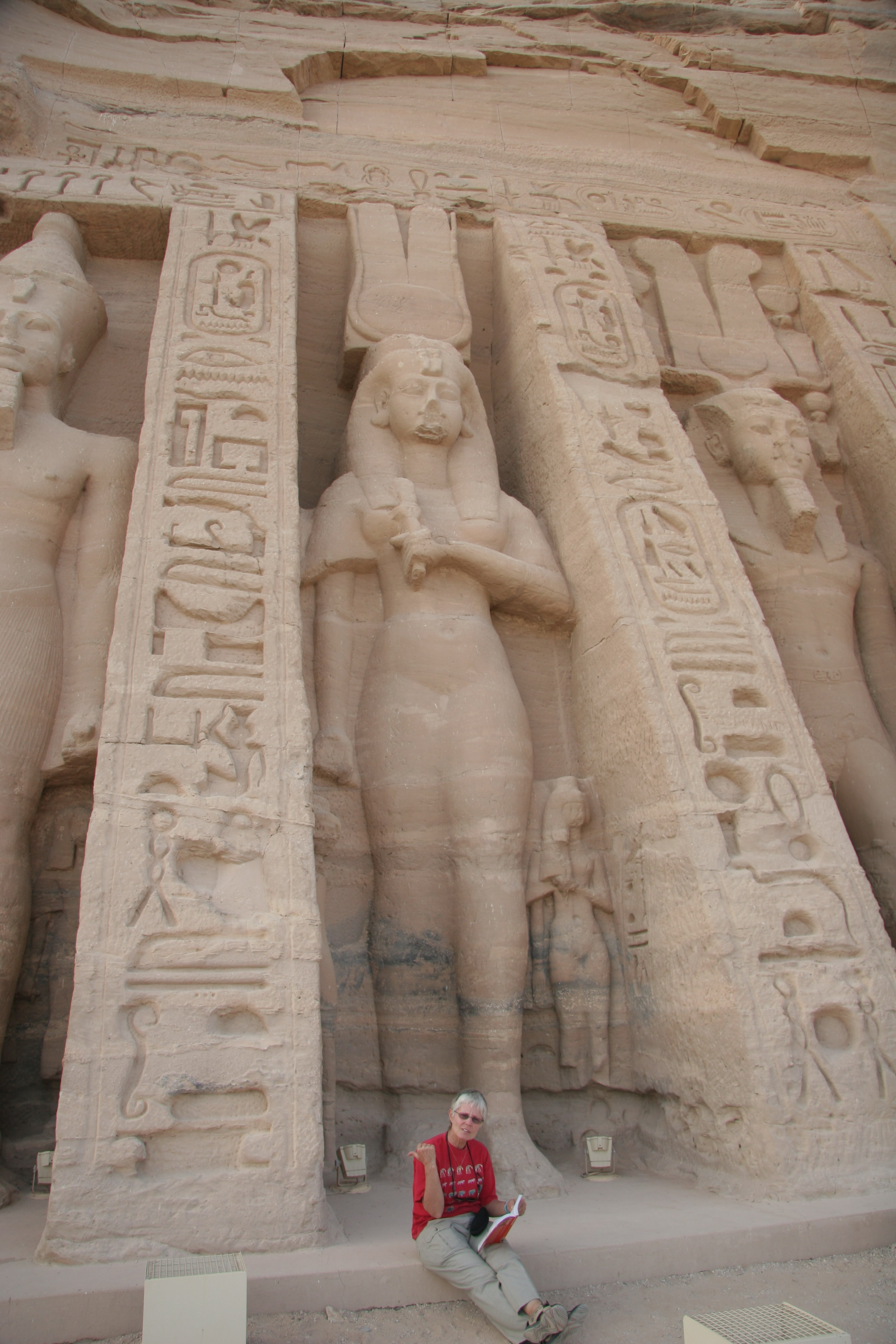
Adventurouspirits
The Temple of Horath at Dendara in the Nile village of Quena was high on our list of temples to visit. The temple, dedicated to Hathor, is one of the best preserved temples in all Egypt. Subsequent additions were added in Roman times. The highlight for us was the opportunity to interact with a group of friendly school kids and their teachers and parents who were experiencing their country’s incredible history.
It was now time to leave the main highway north to Cairo and turn west to see the White Desert. A number of overlanders that we had met on our journey so far had recommended that we pay this incredible place a visit. We were unsure that it would be worth the detour since we had already spent so much time in the Sahara. The traffic thinned the farther away we got from the main centres and we noticed a lone vehicle following us. It was the tourist police. It was a little unnerving but once they decided that we were just simply tourists they left us alone.
Enlarge

Adventurouspirts
En route we passed a number of Western Desert Oases of Bahariya, Kharga, and Dakhla. They discharge from the Nubian Sandstone aquifer system via a series of faults. Due to the depth of the Nubian aquifer the temperature of the water is hot, up to 43degC. I wanted to locate a spring to soak the desert dust off. So with GPS as my guide I headed off into the desert landscape. After hours of fruitless driving I flagged down a passing donkey cart and using sign language asked the driver for assistance. He smiled when he realized what my breaststroke like movements were trying to communicate. It was like a game of charades since he could not speak English and me not Arabic. After a few minutes he abandoned his cart, jumped into the cruiser and off we went. A few minutes later I was enjoying the warm spring water. We whiled away a few hours somehow conversing. It was wonderful. I dropped him at his cart he smiled we exchanged Inshallah’s and each went on with our own separate lives. Whatever his plans for the day were when I flagged him down he was prepared to put those side to assist a complete stranger.
Enlarge
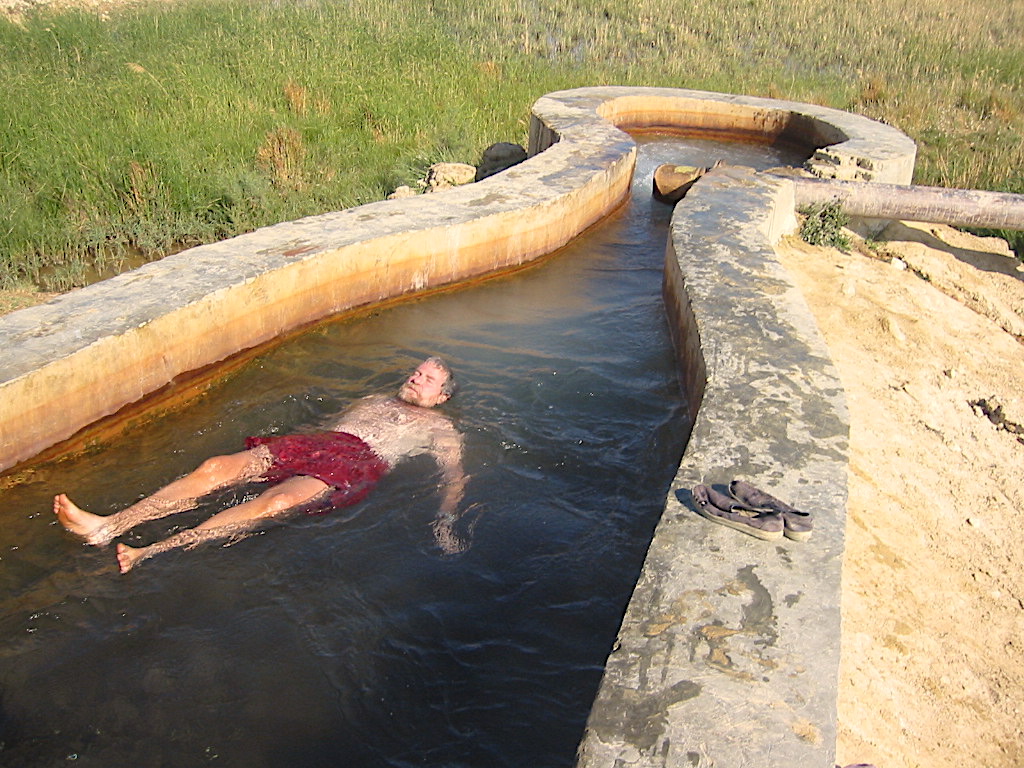
Adventurouspirits
Enlarge
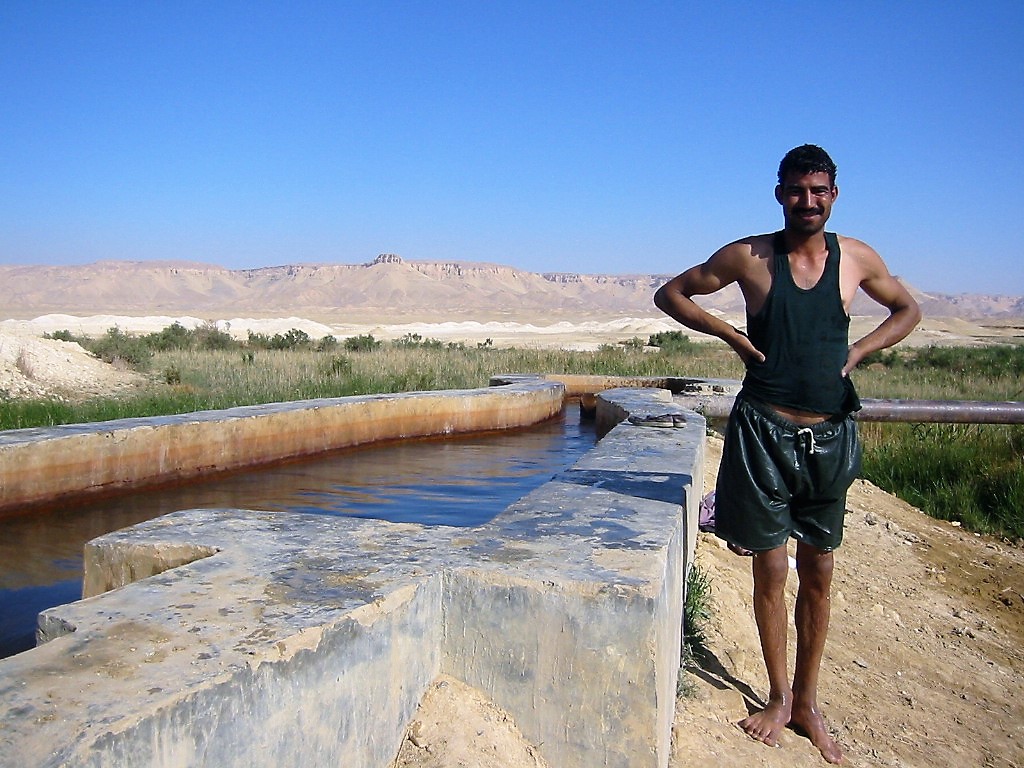
Adventurouspirits
The White Desert is the reason we made this long detour. A number of Overlanders had insisted that we visit this natural wonder. We were a little sceptical however decided to heed their advice. And wow am I sure happy that we did. I cannot finds the words that I feel even come close to describing the spectacle which nature has created here. So I’ll use pictures. Enjoy!
Enlarge
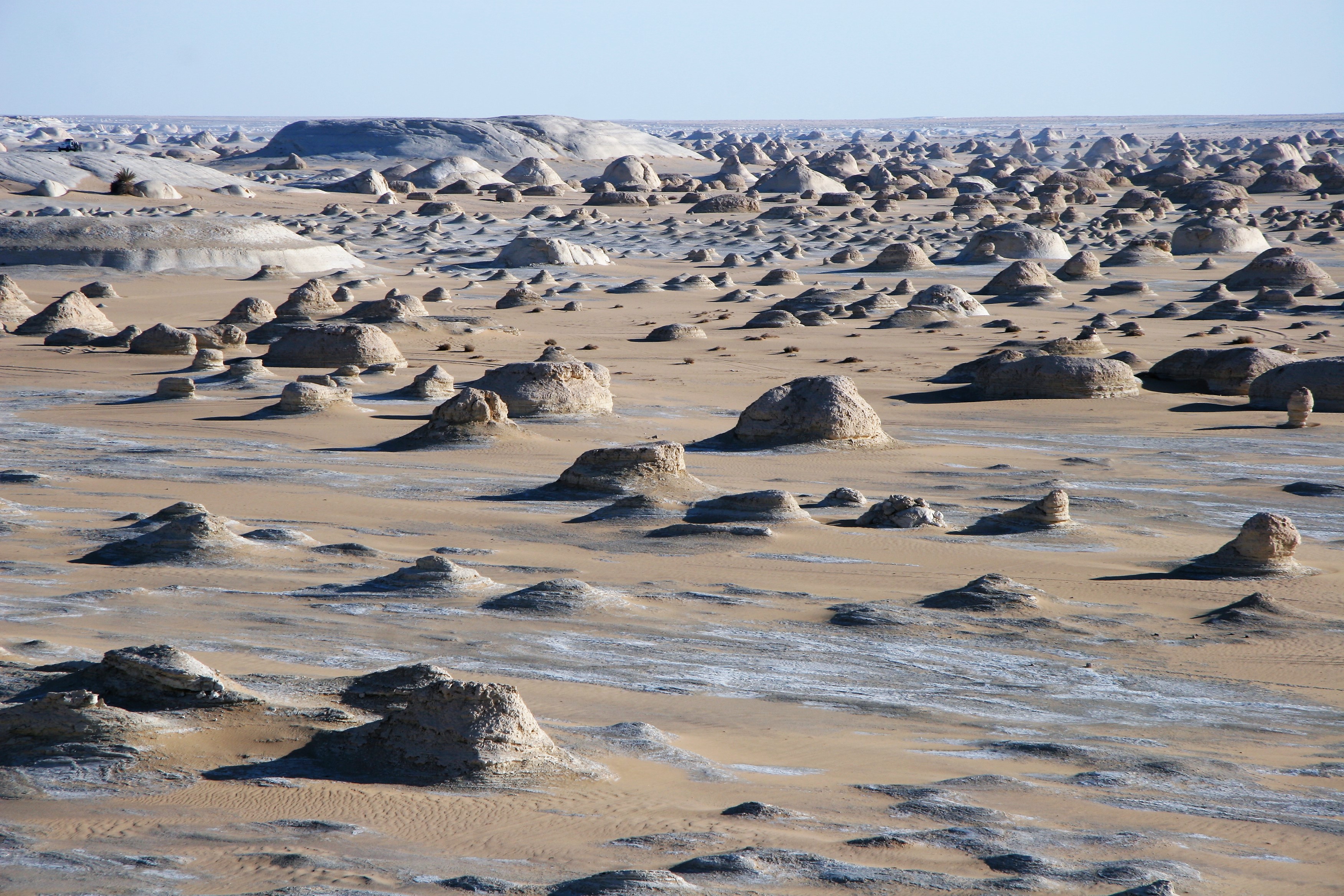
Adventurouspirits
Enlarge
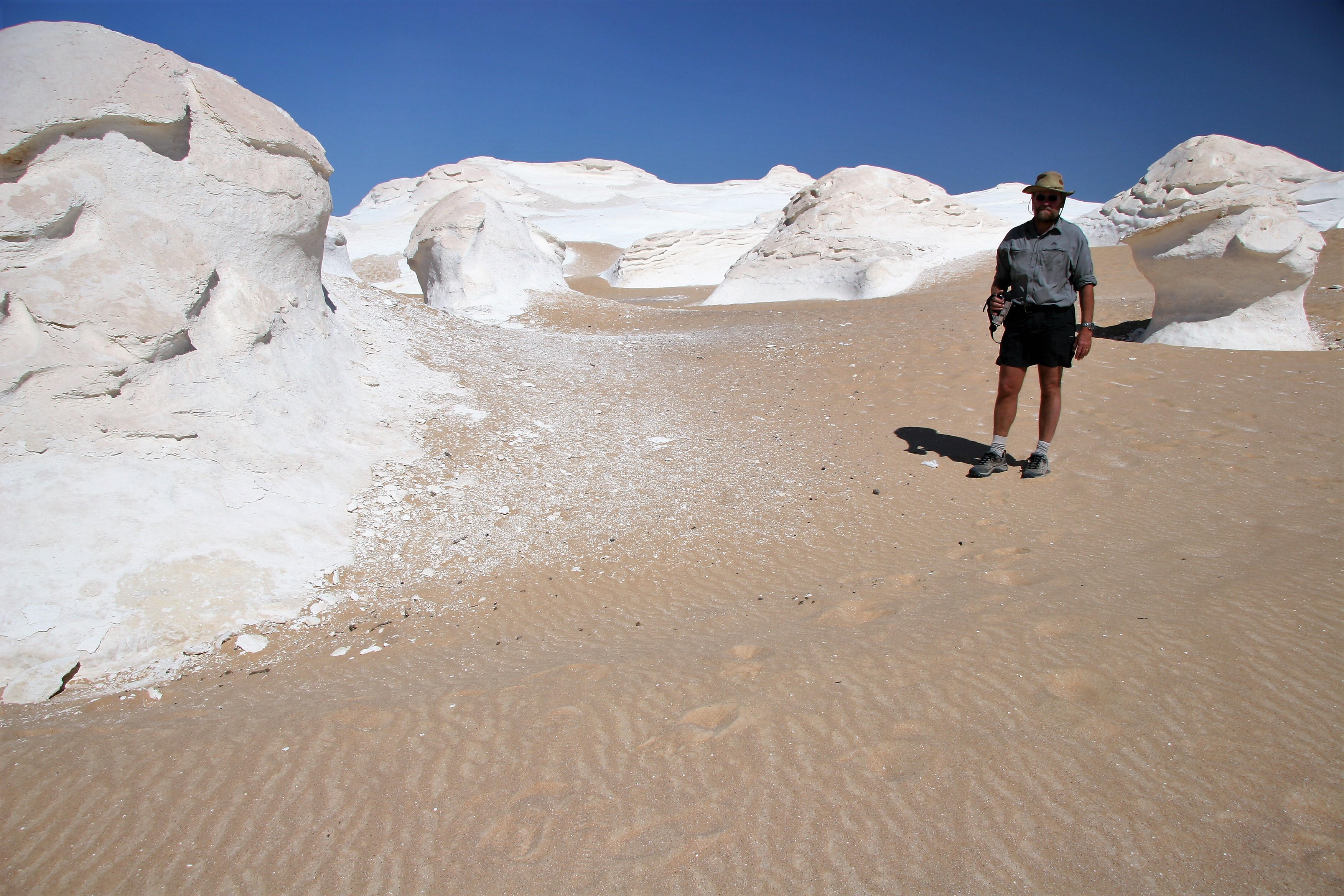
Adventurouspirits
Enlarge

Adventurouspirits
Enlarge

Adventurouspirits
Enlarge

Adventurouspirits
Enlarge
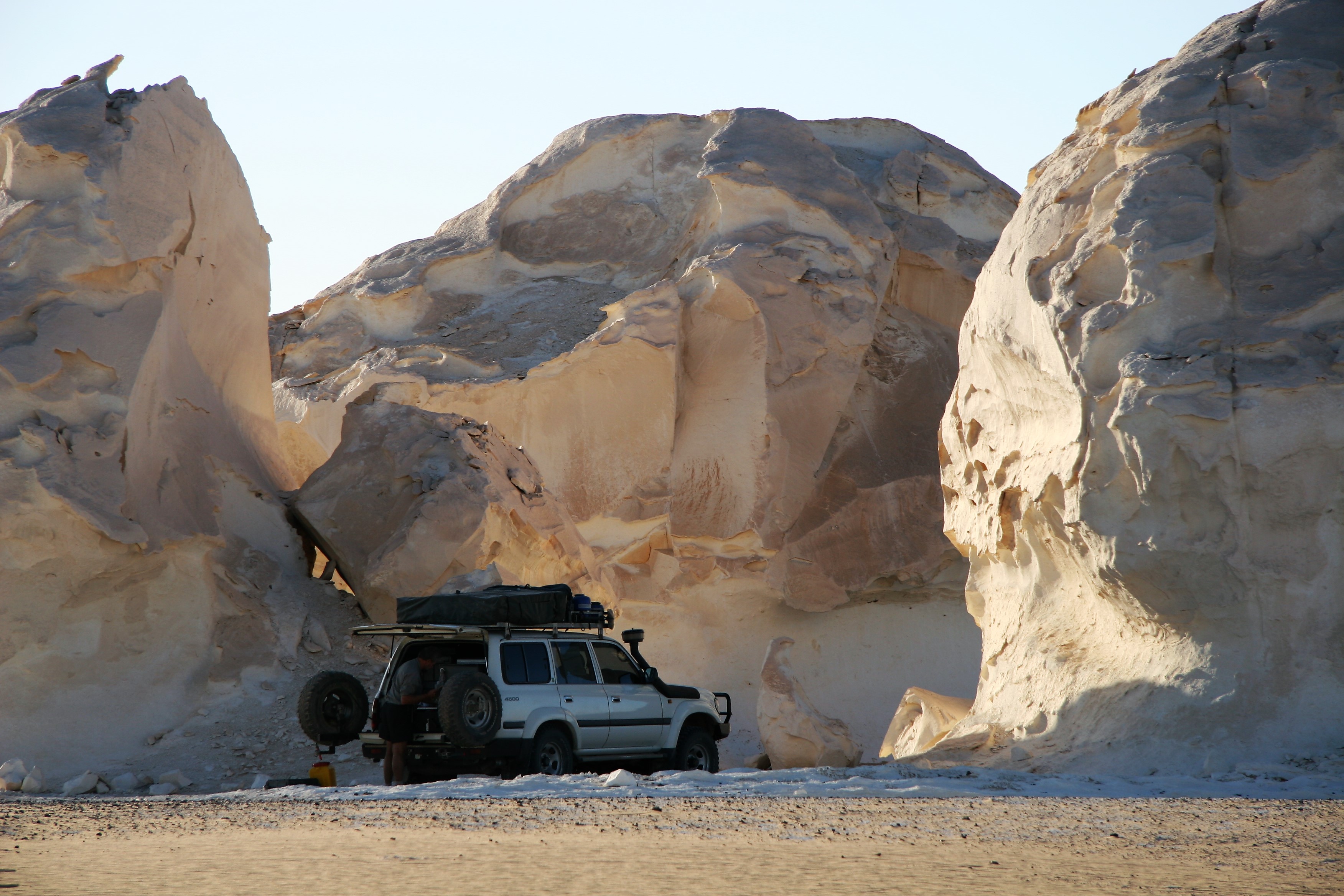
Adventurouspirits
Enlarge

Adventurouspirits
On waking up after a restful sleep under the desert stars its overwhelming silence we we arose to the most incredible sunrise.
Enlarge
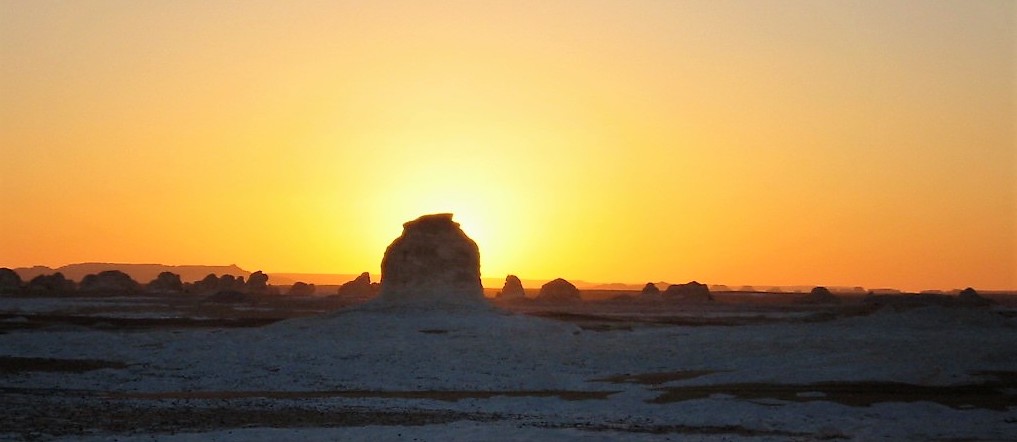
Adventurouspirits
With the White Desert under our belt there was nothing else to do other than head for Cairo. Our ultimate destination. We could hardly believe how far we had come. It all started as an idea almost 18 months ago and we left Cape Town 8 months prior. Now we were almost there.The anticipation in the vehicle was almost palpable. And the road ahead was straight as an arrow.
Enlarge
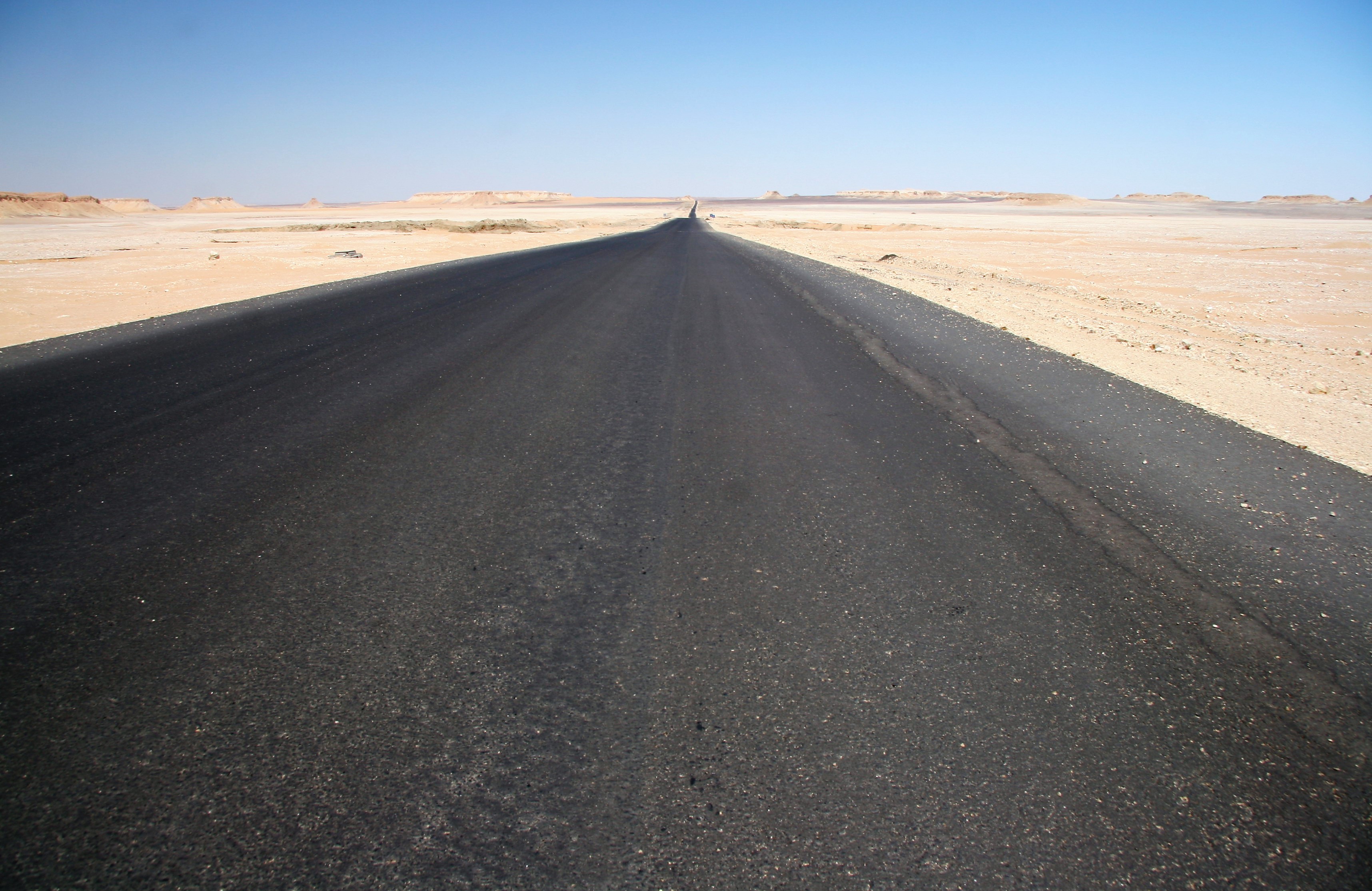
Adventurouspirits
No, there is a curve every now and then, and the Egyptians road guys sure want to make sure you know its there.
Enlarge

Adventurouspirits
This sign confused us for a moment, but soon after we were reassured that our navigation system had done its job.
Enlarge
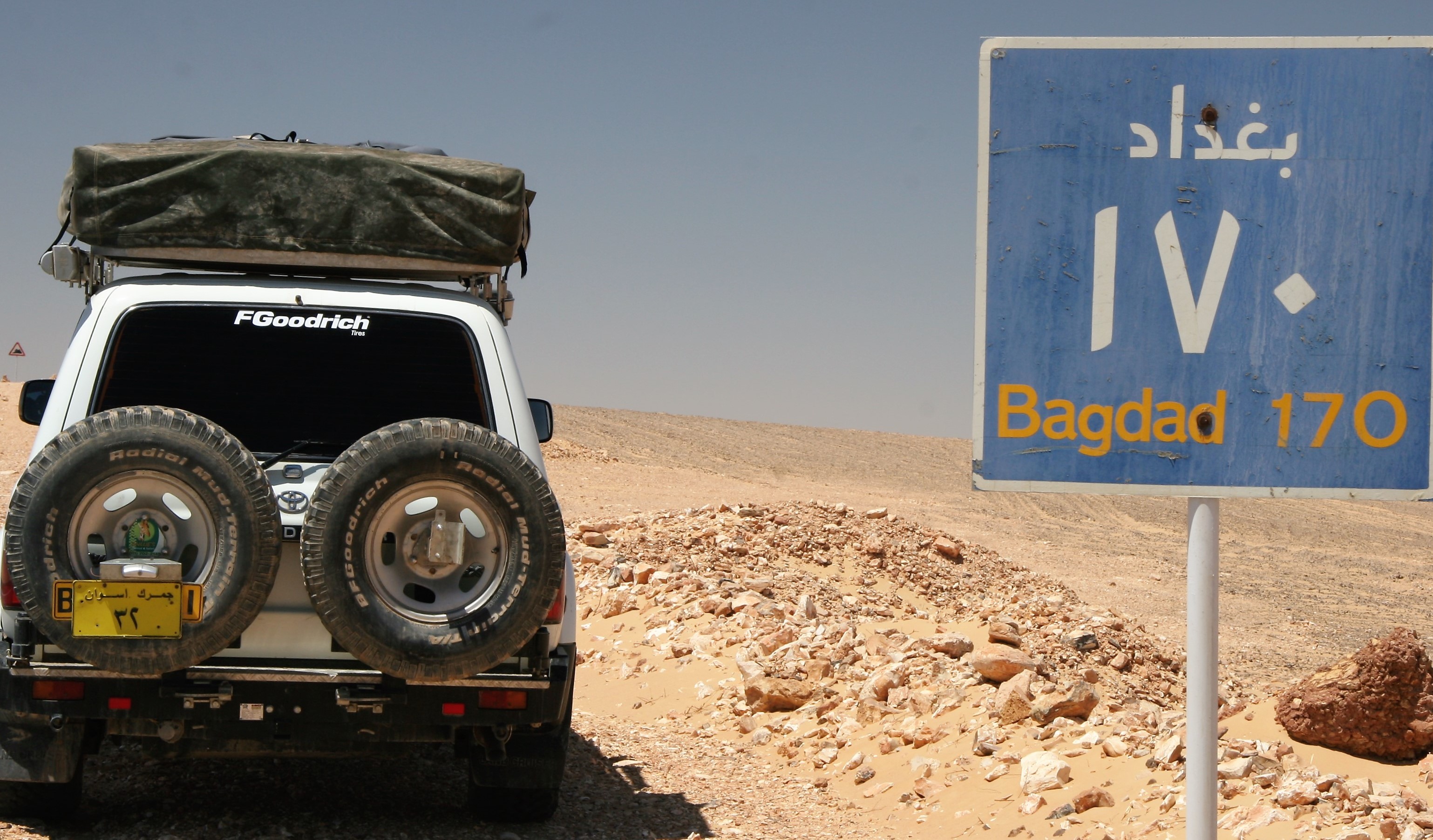
Adventurouspirits
Enlarge
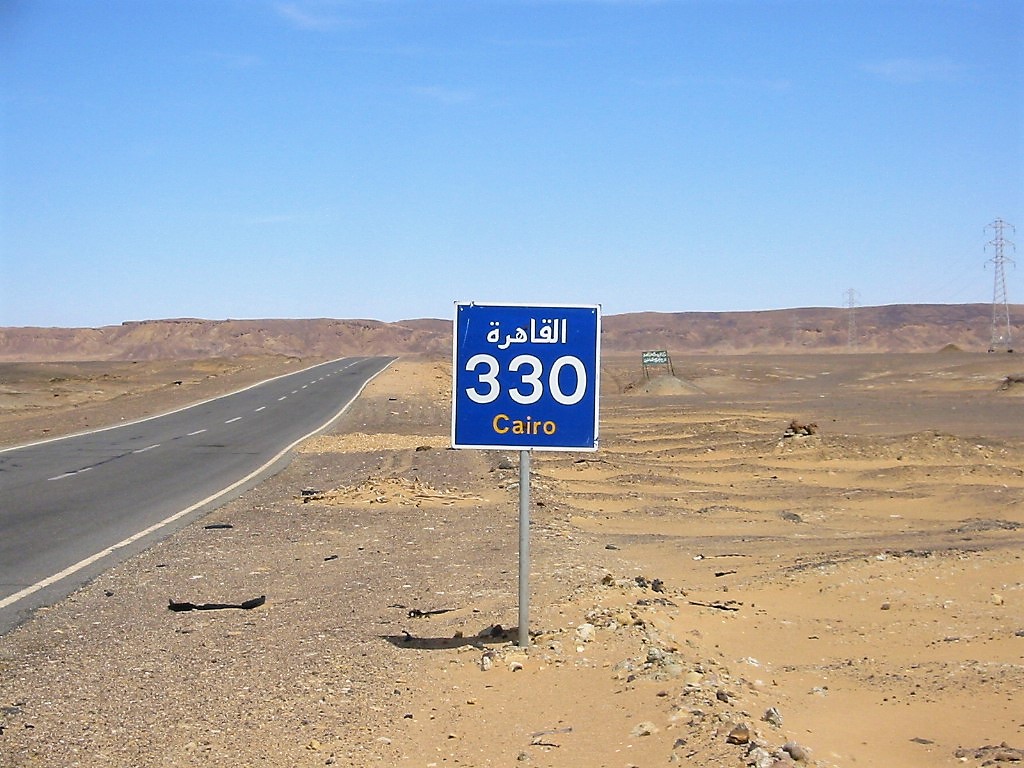
Adventurouspirits
We passed some modern camel trains and the kids we met in the small villages are always delightful. We were really enjoying driving into Cairo. Savouring our accomplishment.
Enlarge

Adventurouspirits
Enlarge
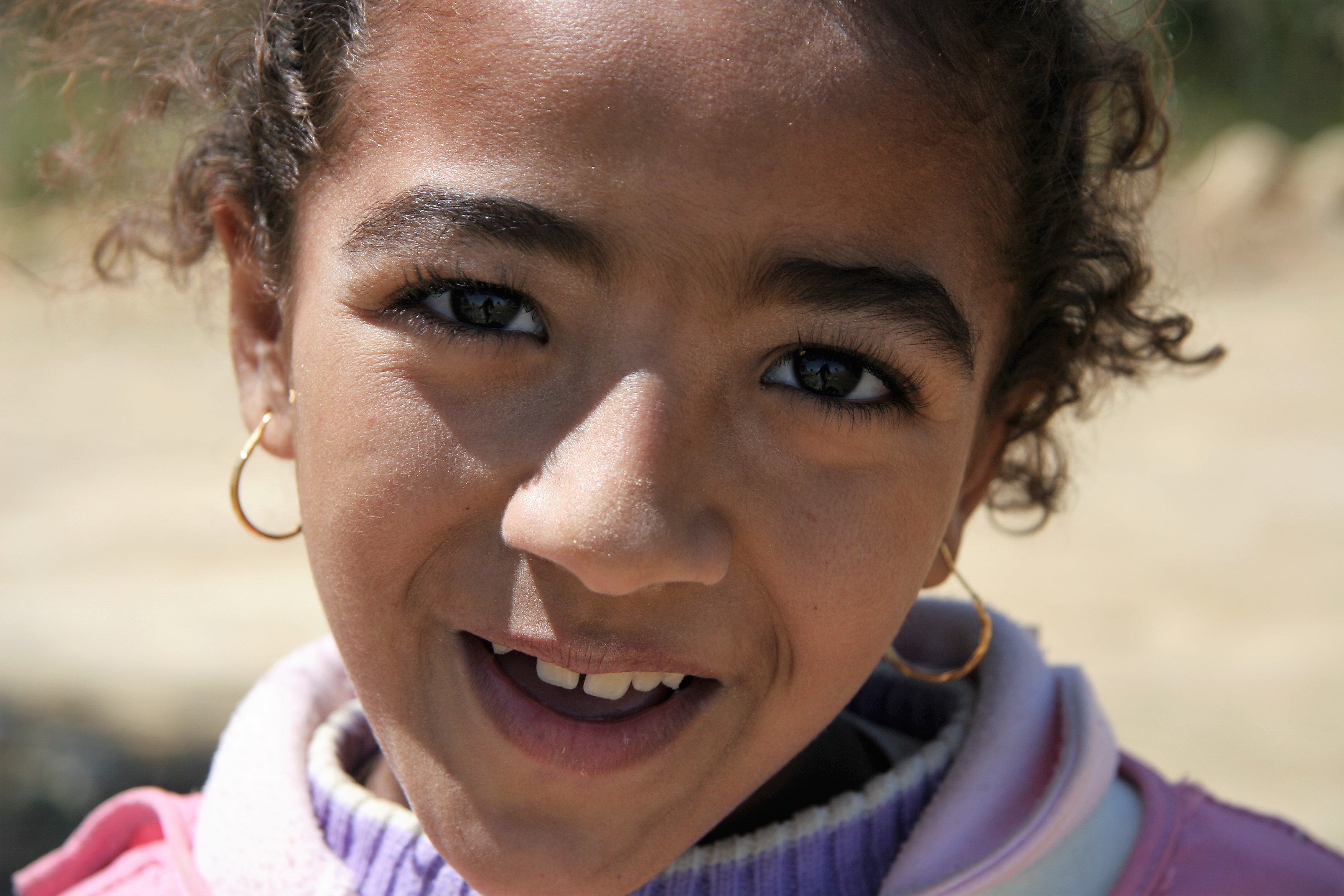
Adventurouspirits
And suddenly the camels were surrounded by traffic. We had entered the suburbs of Cairo.
Enlarge

Adventurouspirits
And then as I looked up I saw in front of me in real solid form the image that I had held in my mind when I left Cape Town some 45000kms earlier…..The Pyramids of Giza. It was a very emotional moment.
Enlarge
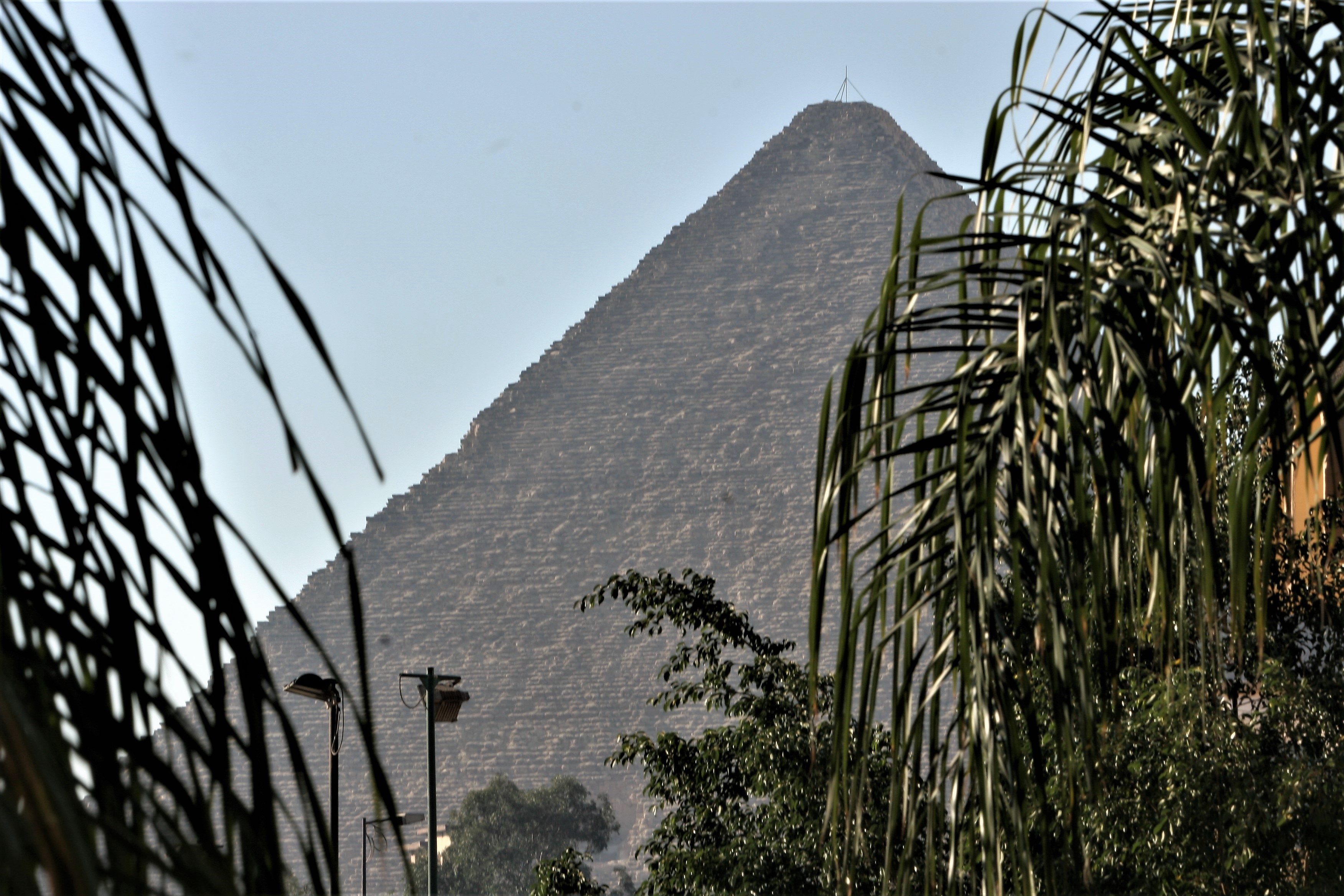
Adventurouspirits
We popped into a hotel near the Pyramids for a celebratory drink and spontaneously decided that we need a room for the night. We were dirty, exhausted, and exhilarated. It just seemed the right thing to do.
Enlarge
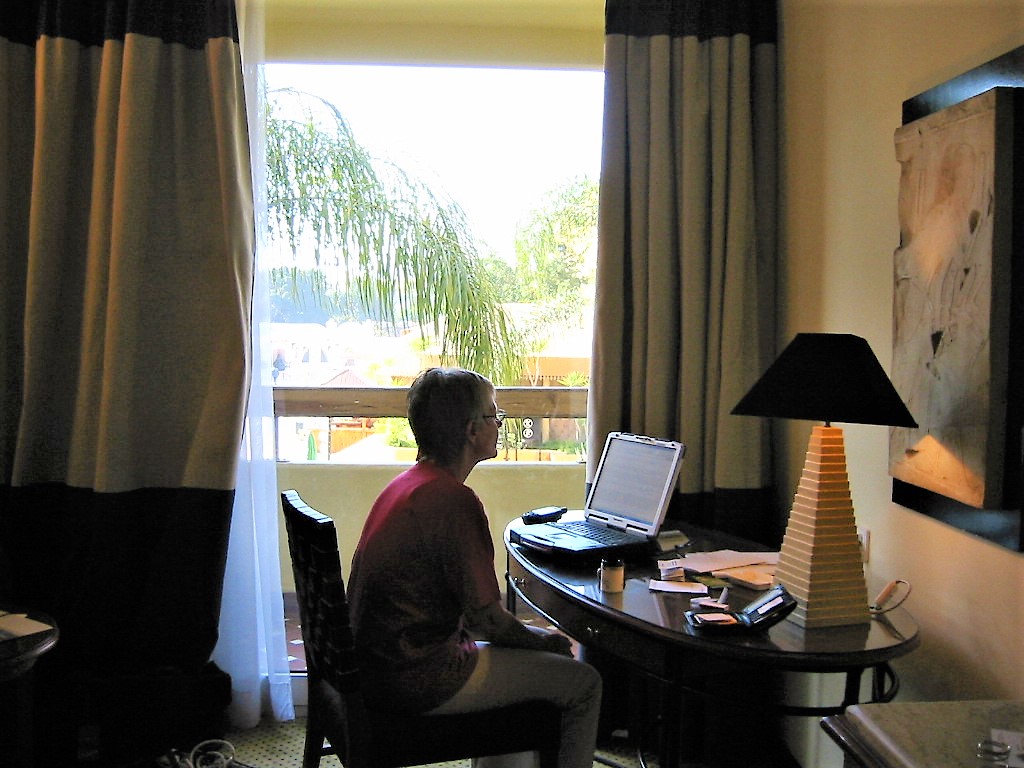
Adventurouspirits
Then it was time to experience the Pyramids close and in person.We decided to take a taxi to the pyramids at Giza rather than tackle the traffic. We jumped into the nearest taxi and negotiated the price. Speeding through the chaotic traffic, the taxi slowed down to pick up another customer. A man pulled open the front door and after some discussion in Arabic, with the word “pyramids” being thrown around he jumped in. Turning to us the “hitchhiker” introduced himself and began telling us all about the pyramids. Suddenly the taxi did a U-turn and despite our protests, the taxi driver refused to stop. The very animated hitchhiker reassuring us that we were going to “another entrance to the pyramids.” The taxi slowed and turned down a little alley before it stopped. Tom and I jumped out along with the “hitchhiker.” Still telling us all about the pyramids he told us he could get us, a special deal. Apparently, this is a fairly common scam, in Cairo where a taxi with tourists is waved down and the hapless tourist sold an expensive special deal.
Enlarge
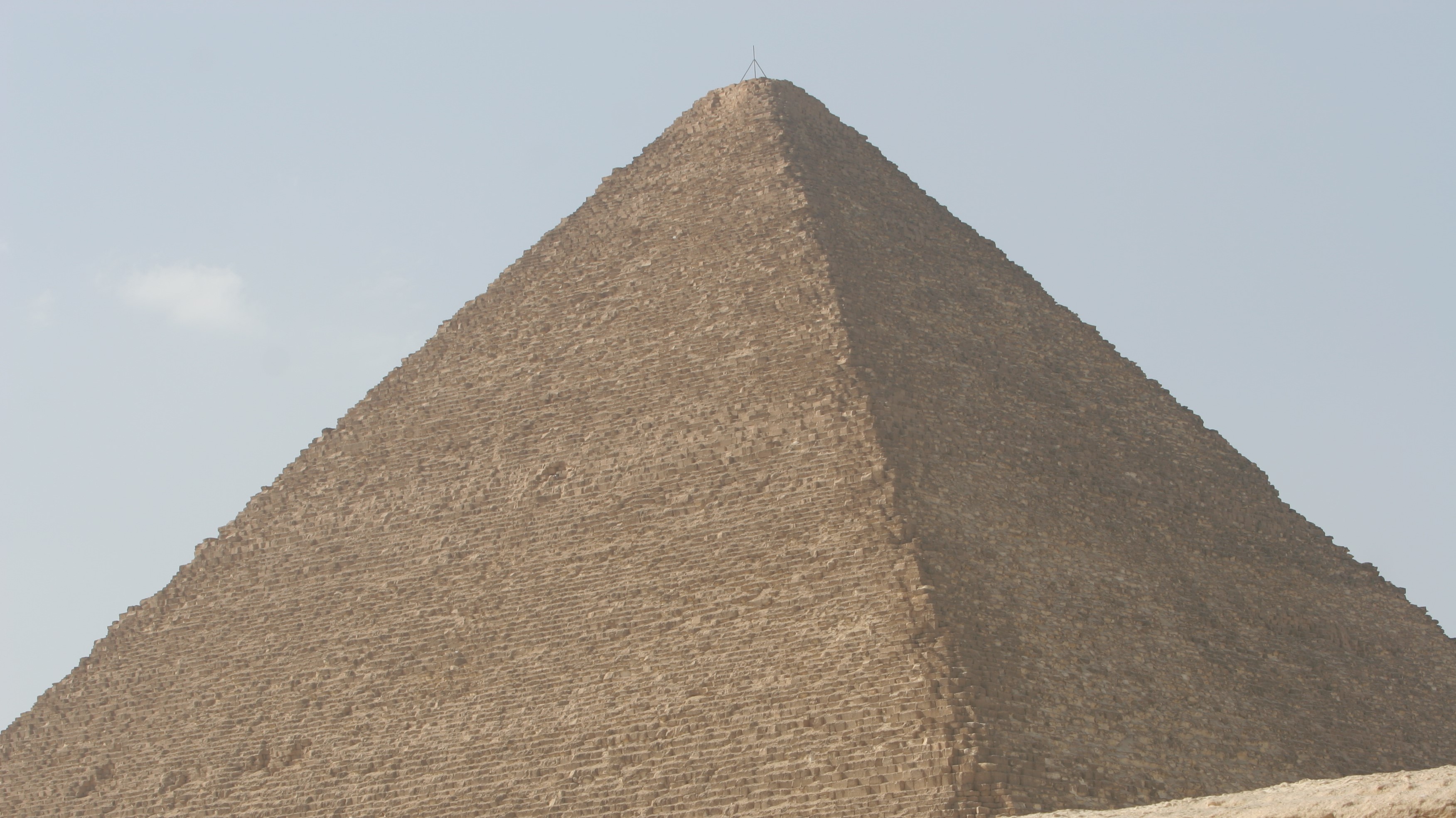
Adventurouspirits
You only realize how big each sandstone block is when you see people interacting with these sacred stone.
Enlarge
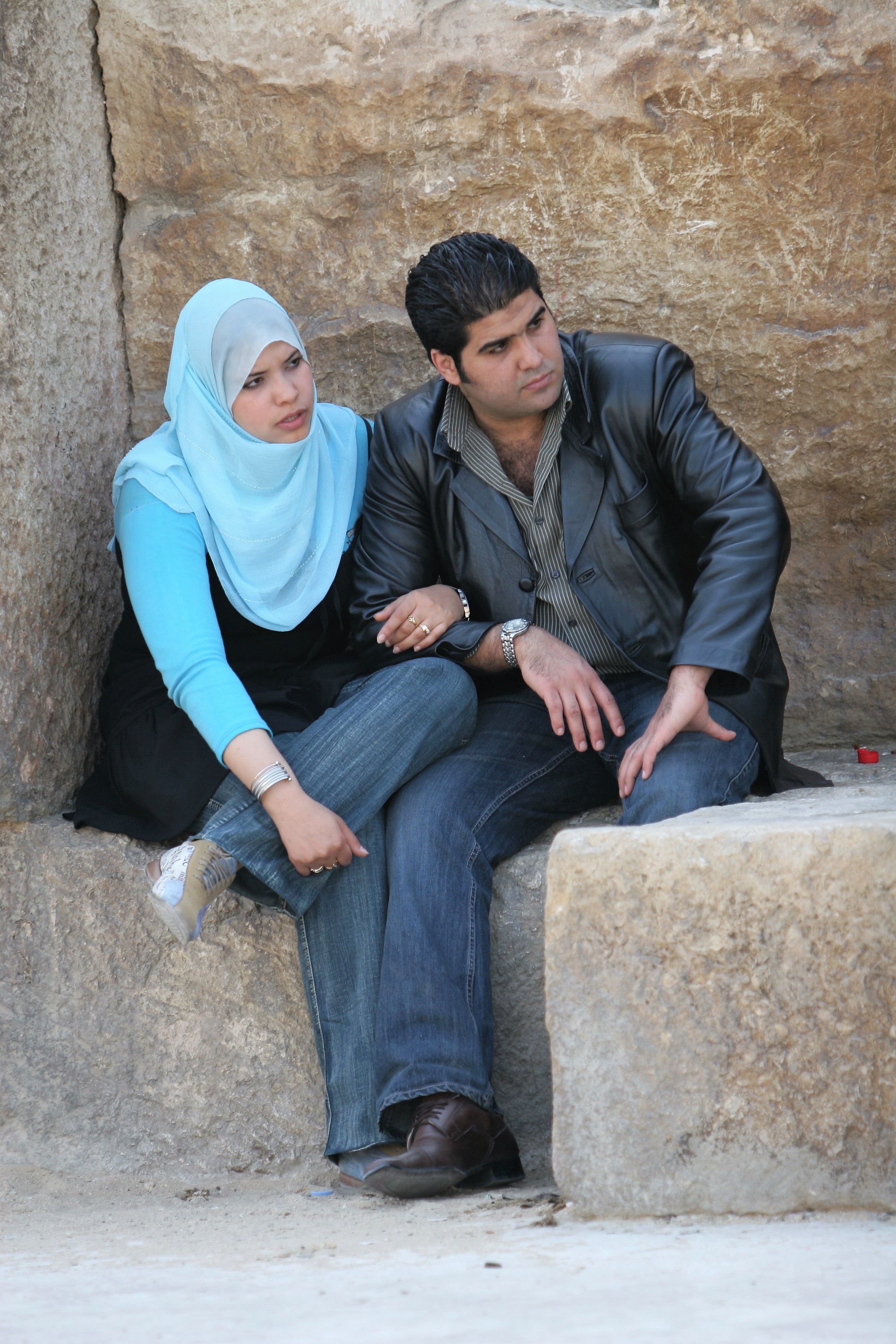
Adventurouspirits
We were surprised to see how close the Pyramids are now to the city. I’m not sure what the ancient Egyptians would think of this.
Enlarge
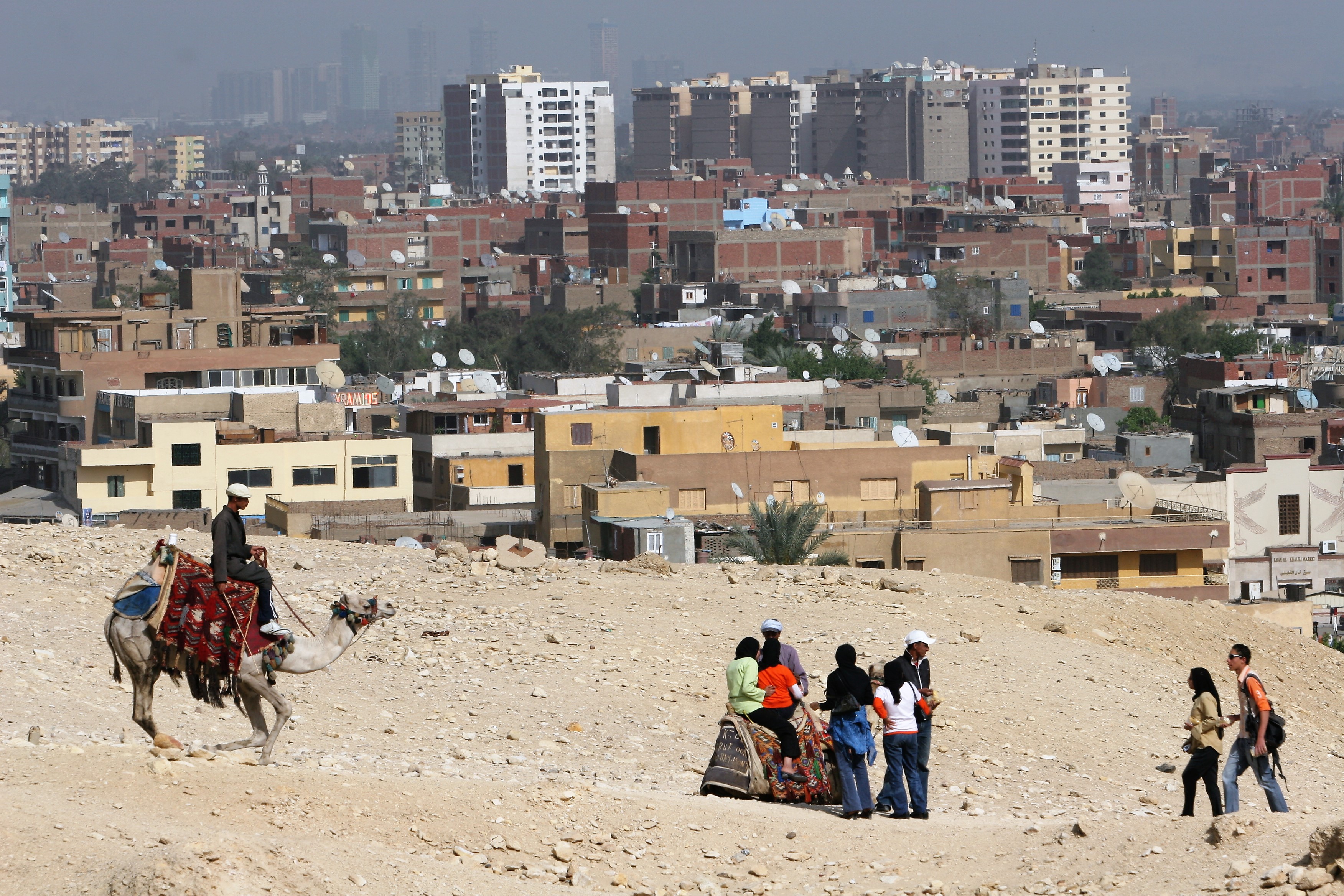
Adventurouspirits
Ah, but on the other side you can recreate the feeling of being somewhere remote in the desert.
Enlarge

Adventurouspirits
Driving in Cairo is nuts. It is a city whose unofficial population 30mill. The drivers are extremely versed in weaving and pushing their way through the dense mass of exhaust belching cars, trucks and buses, not too mention bikes, scooters and pedestrians.
Enlarge
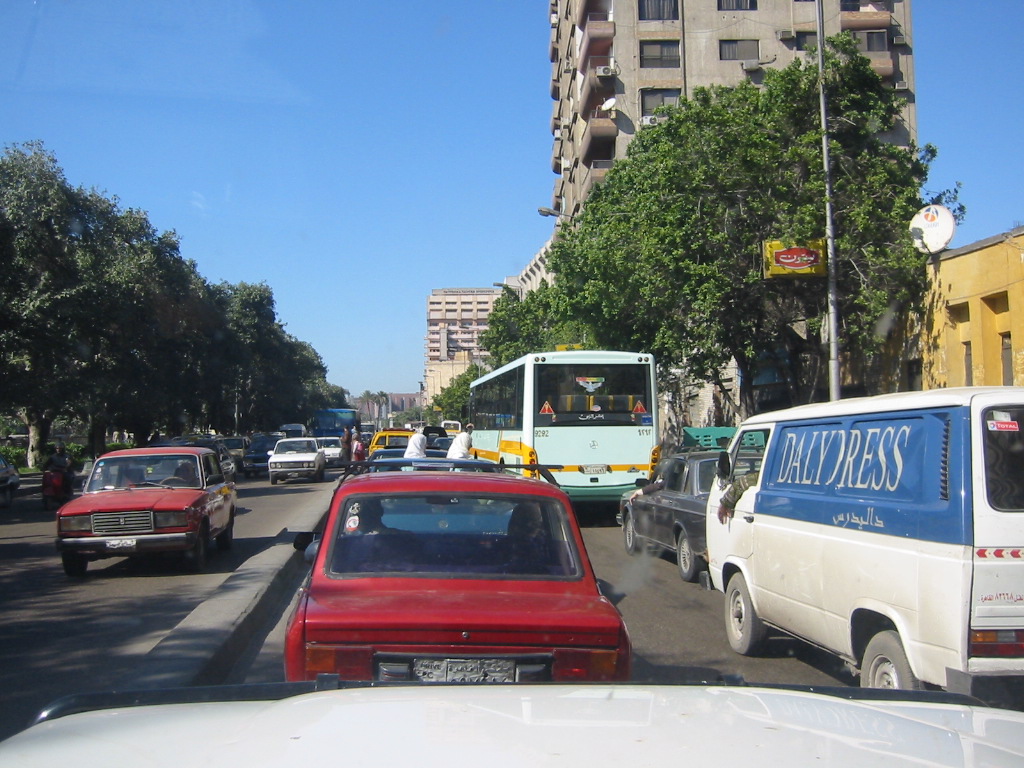
Adventurouspirits
Stuck in traffic our cell phone rang. A strangers voice introduced himself and said that he had been following our trip and invited us to stay at his place while we were in Cairo. An extremely generous offer we couldn’t refuse. We enjoyed washing machines, VCR’s and all the modern conveniences we had gone without.
Enlarge
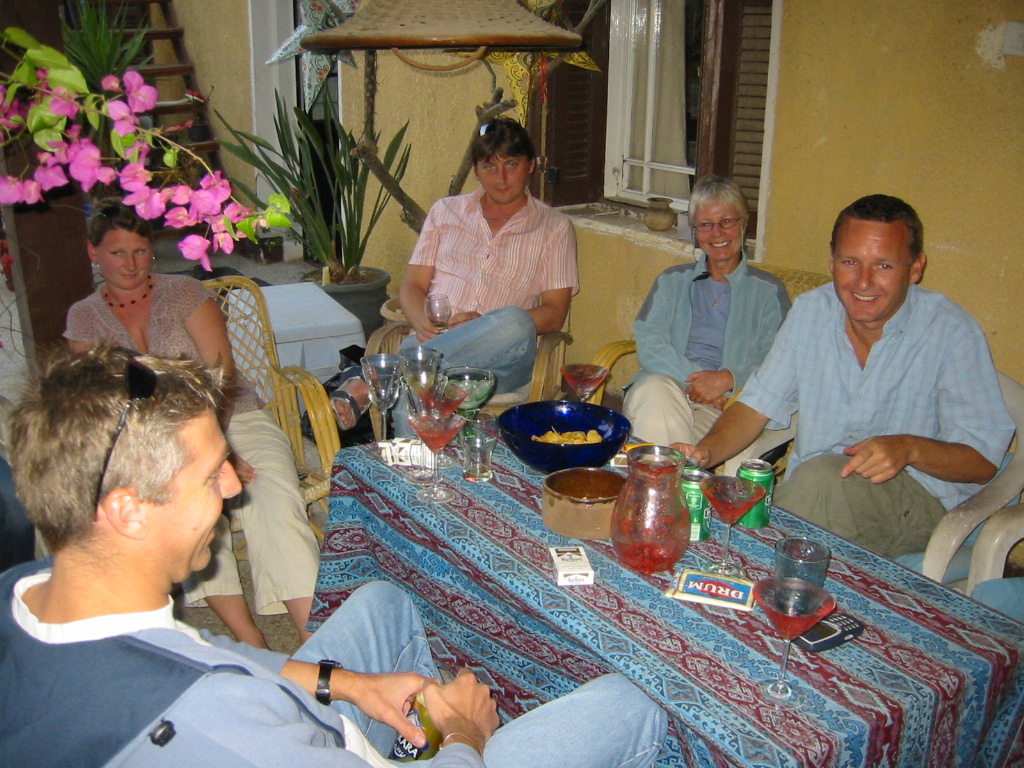
Adventurouspirits
Janet tried to master the Shisha and we had space to spread out so we unpacked the cruiser and sorted and cleaned. Part of preparing to soon return to Canada.
Enlarge
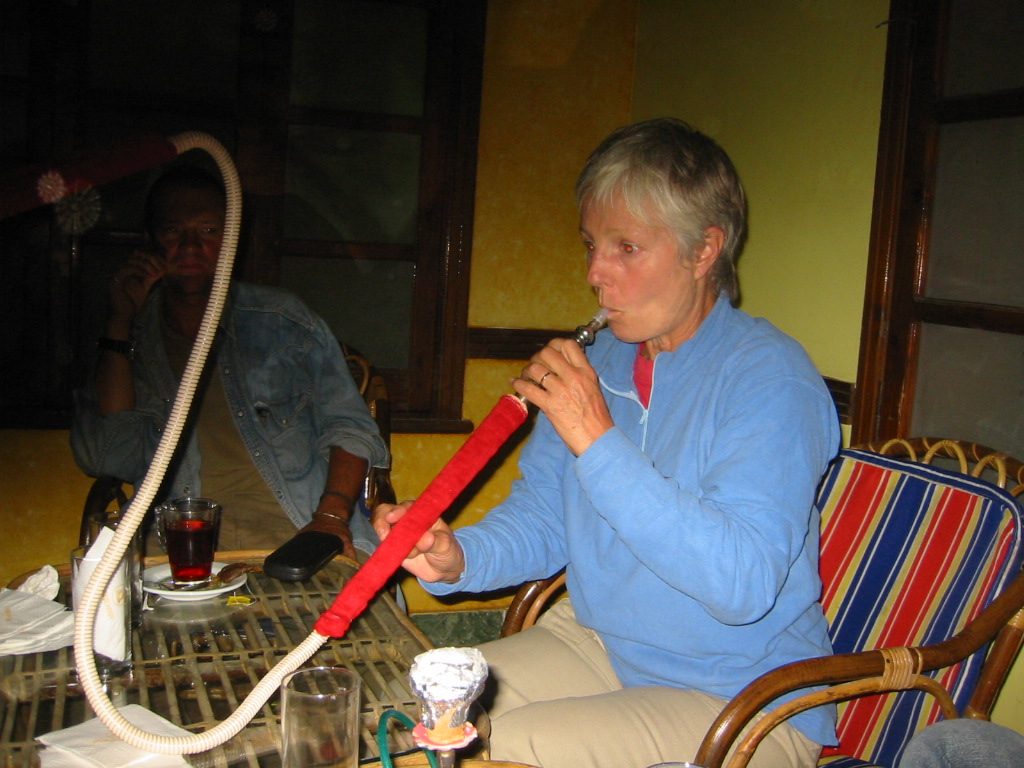
Adventurouspirits
Enlarge
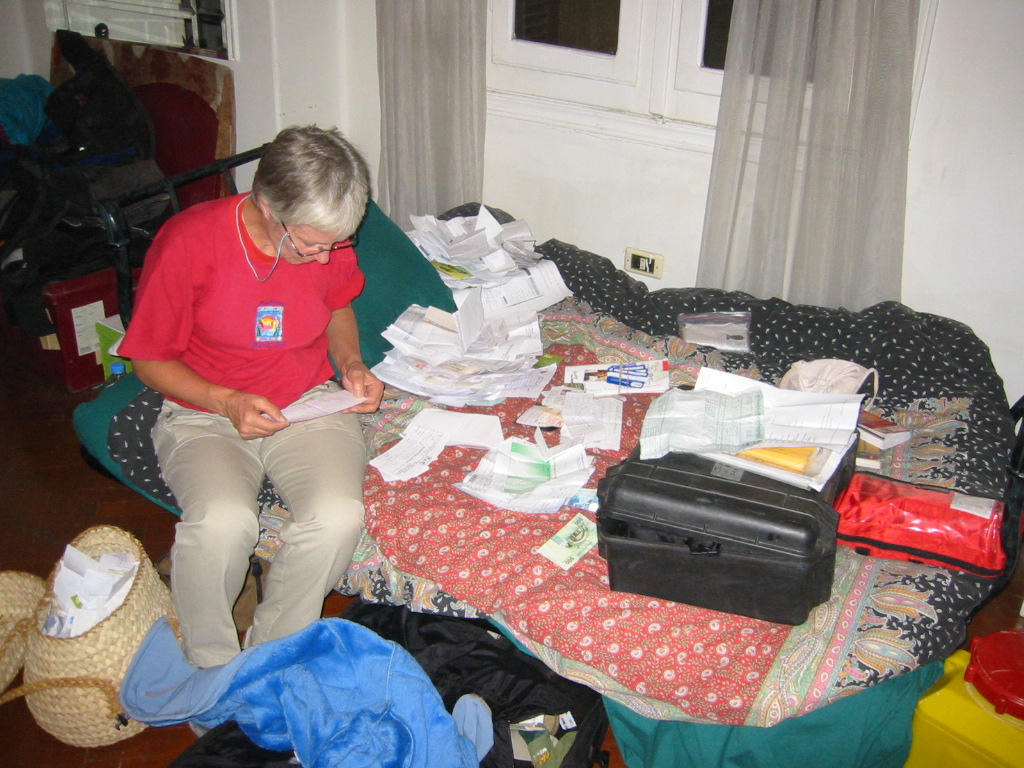
Adventurouspirits
We had our first real burger at fries at TGIF on the banks of the mile. It was delicious. It had almost 8 months since we last had one in Cape Town.
Enlarge
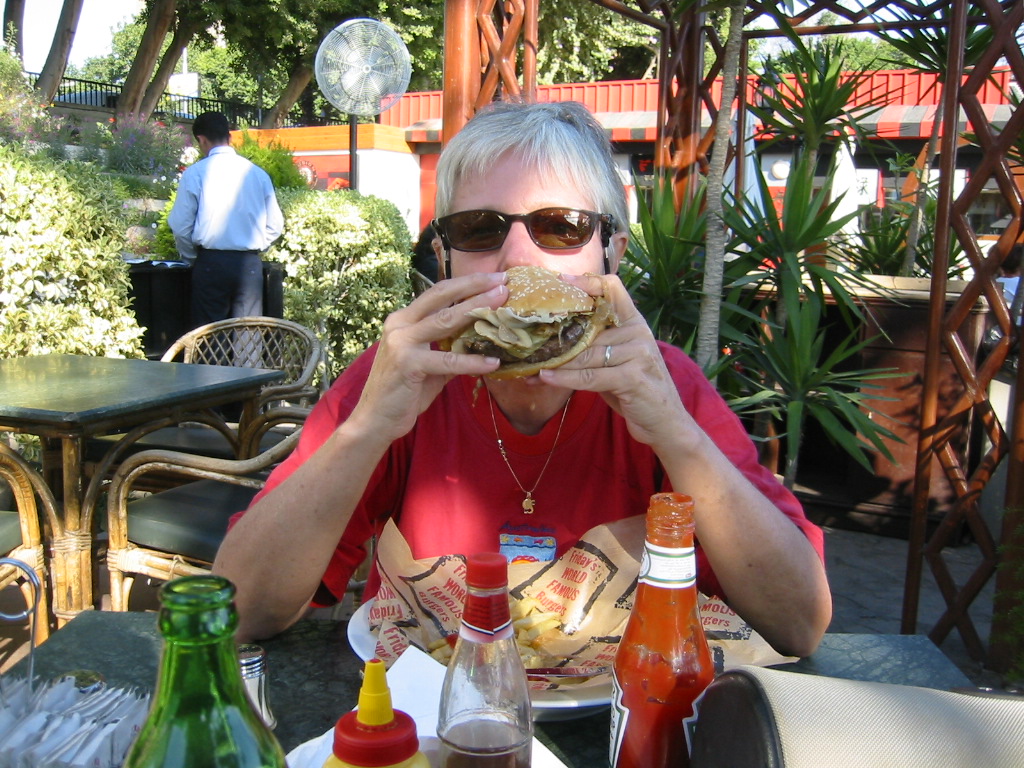
Advneturouspirits
Cairo has so much to see, museums, shops, churches, cemeteries and more. It has a modern subway which meant we could leave the cruiser parked and still get around. mistakingly got into the same carriage as Janet and was given lots of dirty looks because it was for females only. We alighted at the next stop.
Enlarge

Adventurouspirits
Enlarge
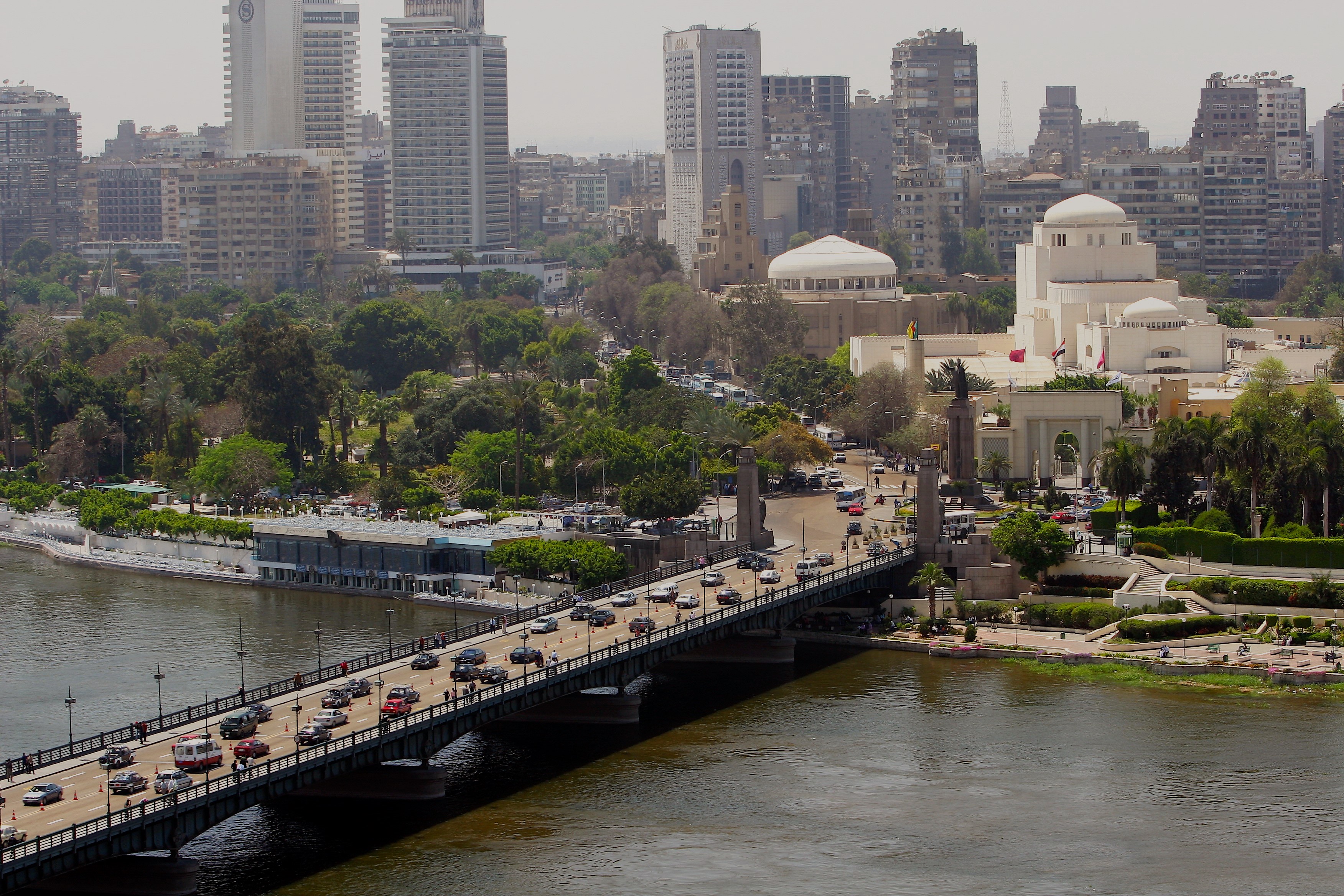
Adventurouspirits
Enlarge

Asdventurouspirit
Not everybody is living the good life.
Enlarge
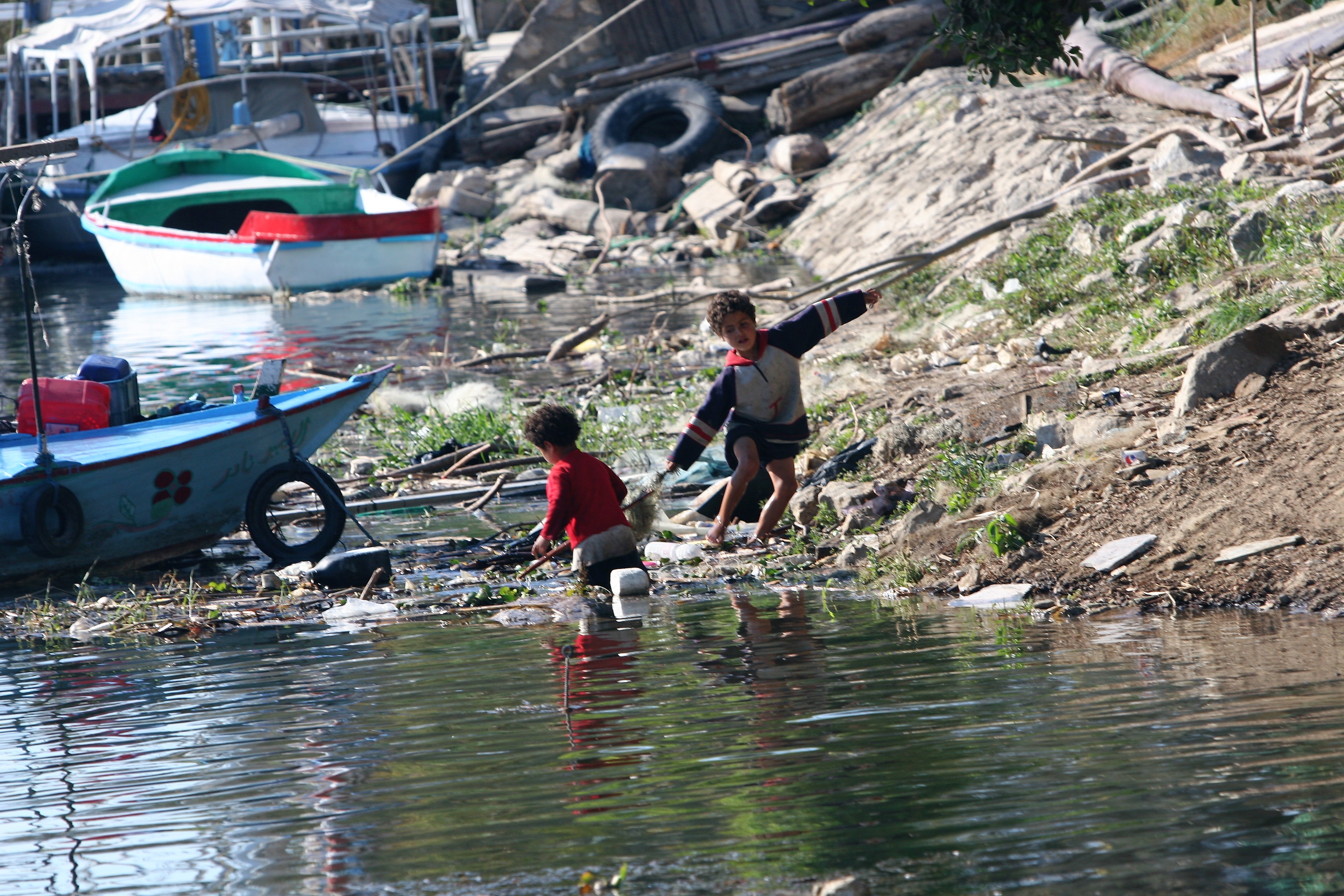
We enjoyed getting to know the locals.
Enlarge
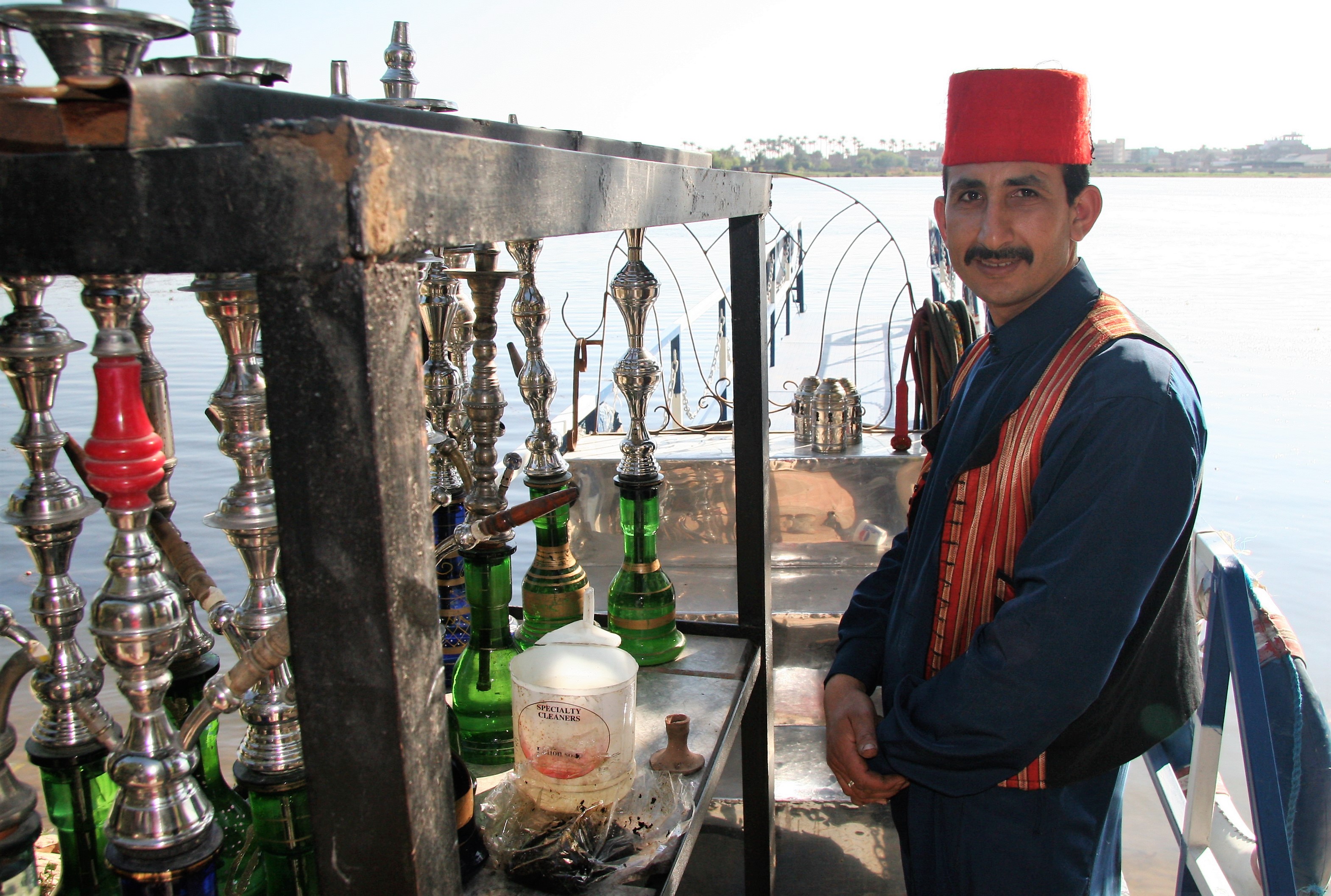
We learned that the ancient Egyptian pyramids experimented with different shapes and angles. The Steps and Bent Pyramids are remnants of their experiments.
Enlarge
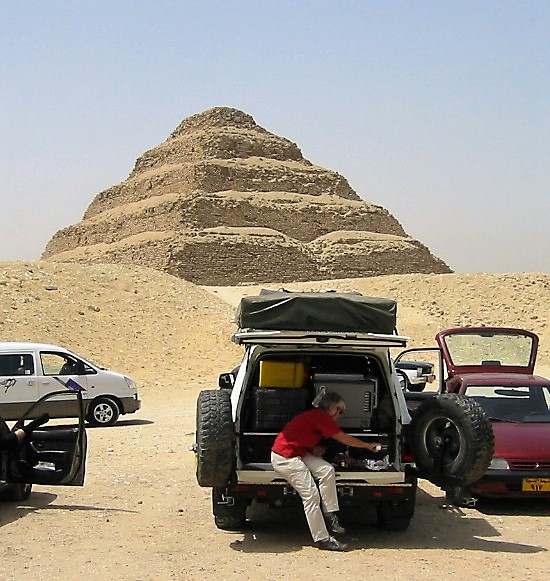
Advneturouspirits
Enlarge
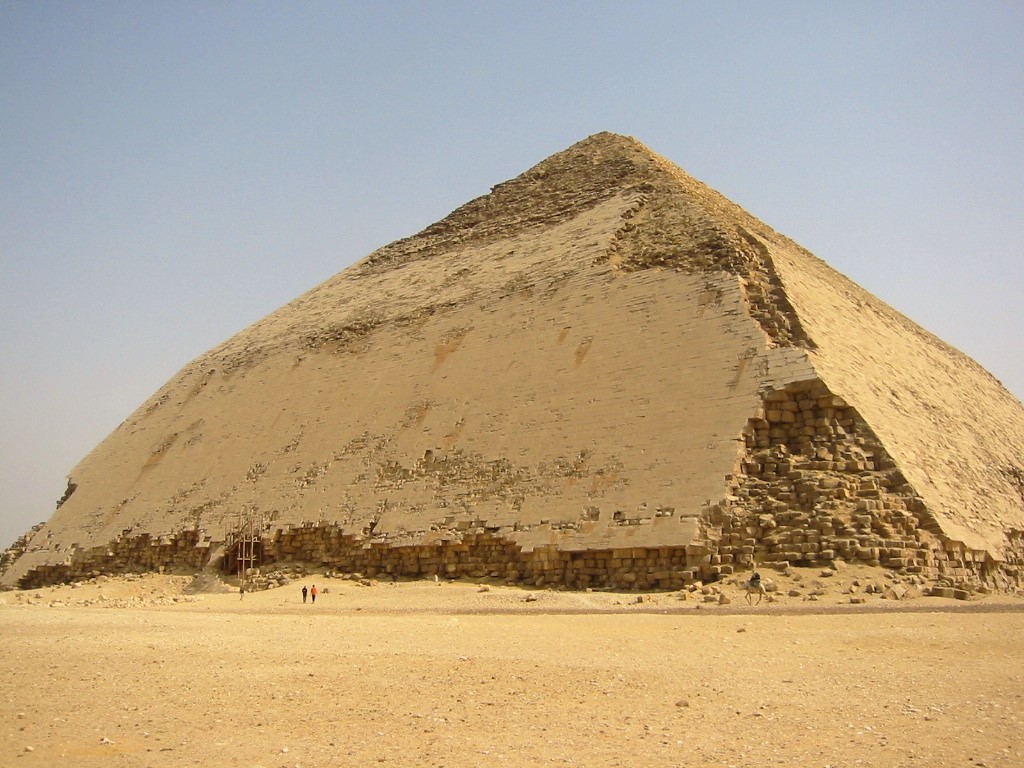
Advneturouspirits
It was time to leave the fascinating city of Cairo.We had originally planned to leave Egypt via Libya and Tunisia. However. getting a Libyan visa is outrageously expensive for the independent traveler, so we headed for Sinai. The port of Suez was our next destination. We passed through the tunnel under the Suez Canal heading towards the Sinai. Another milestone for us.
Enlarge

Adventurouspirits
It was amazing to watch huge ships sail by our window as they passed through the Suez Canal.
Enlarge
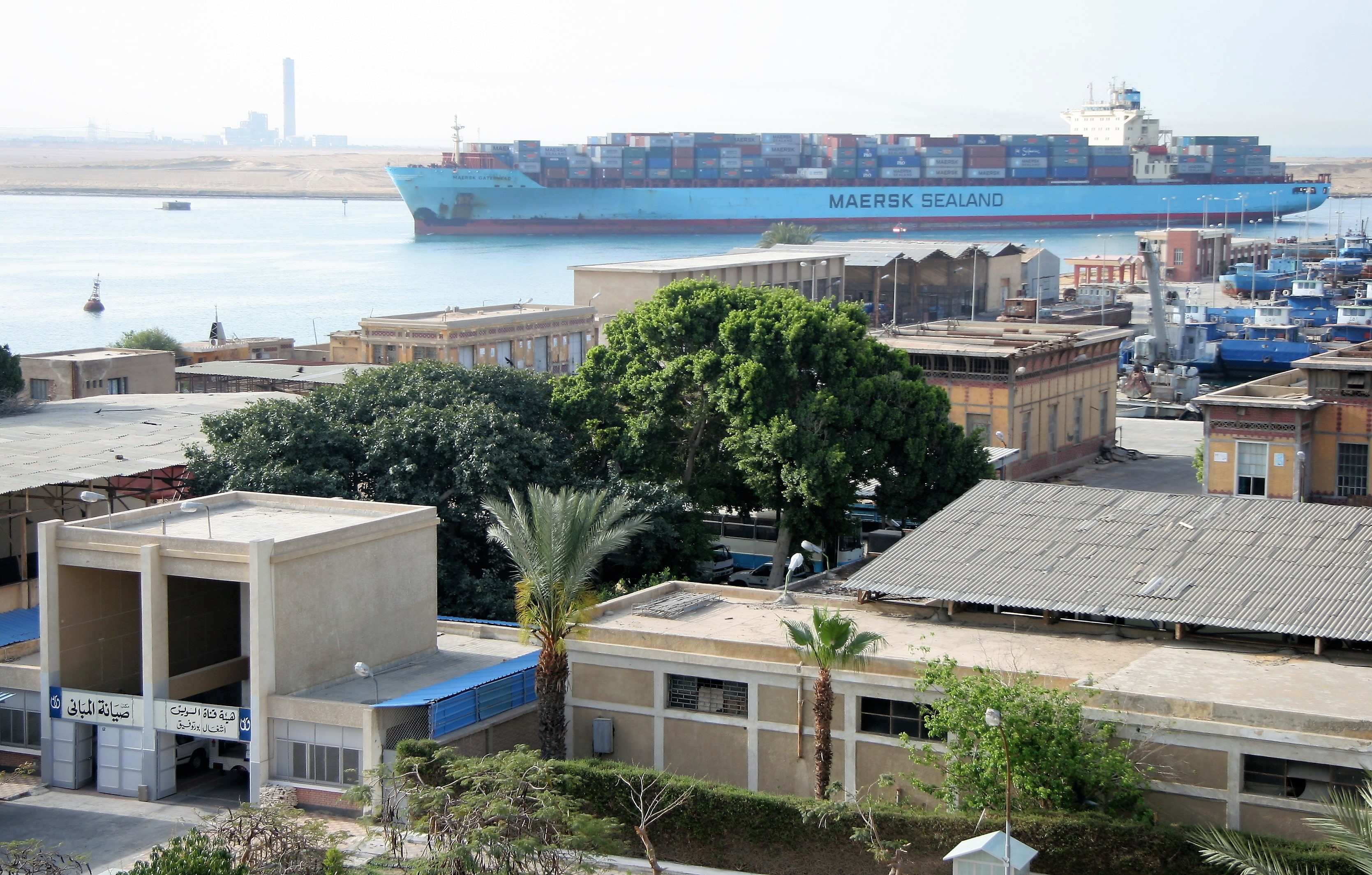
Adventurouspirits
We arrived in Sharm el Sheikh and met up with our fellow overlanders, Ivan and Rachel and Mark and Blanca who had arrived a few days earlier. Sharm el Sheikh is one of the world’s greatest diving spots so it was not long before we had Scuba gear hired and headed for the Red Sea.
Enlarge
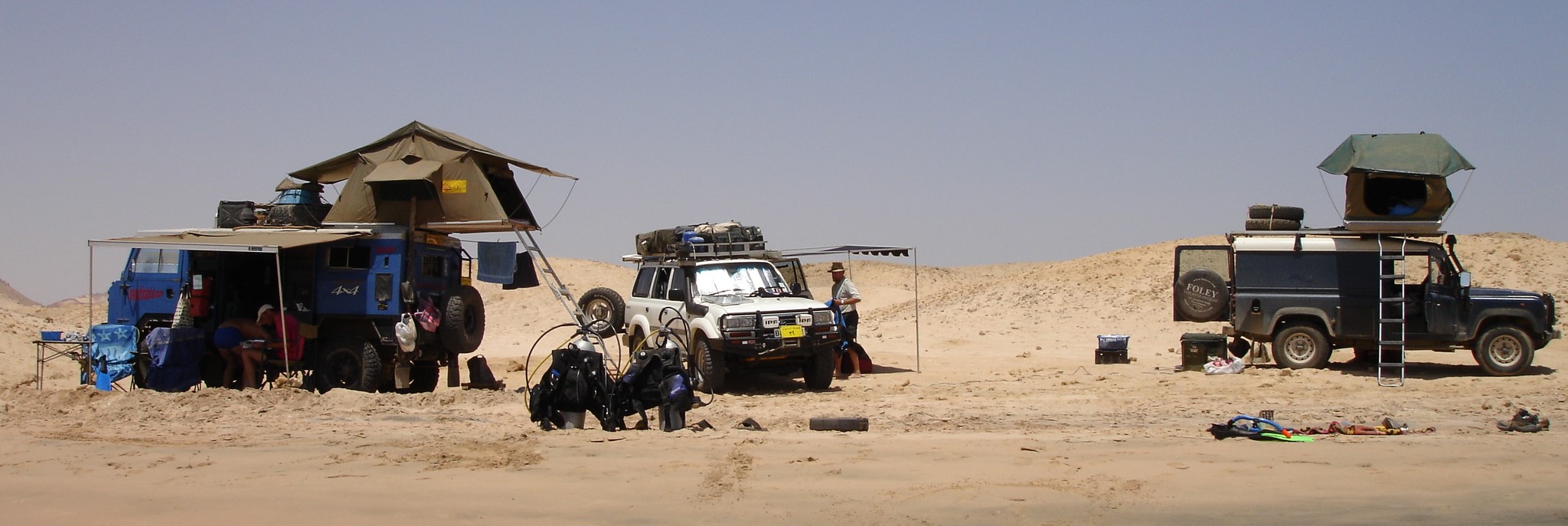
Adventurouspirits
It was stunning beneath the waves. A world of unbelievable visibility, spectacular scenery and hundreds of colourful sea creatures. It is stunning place to dive, perhaps the best diving we have ever experienced.
Enlarge
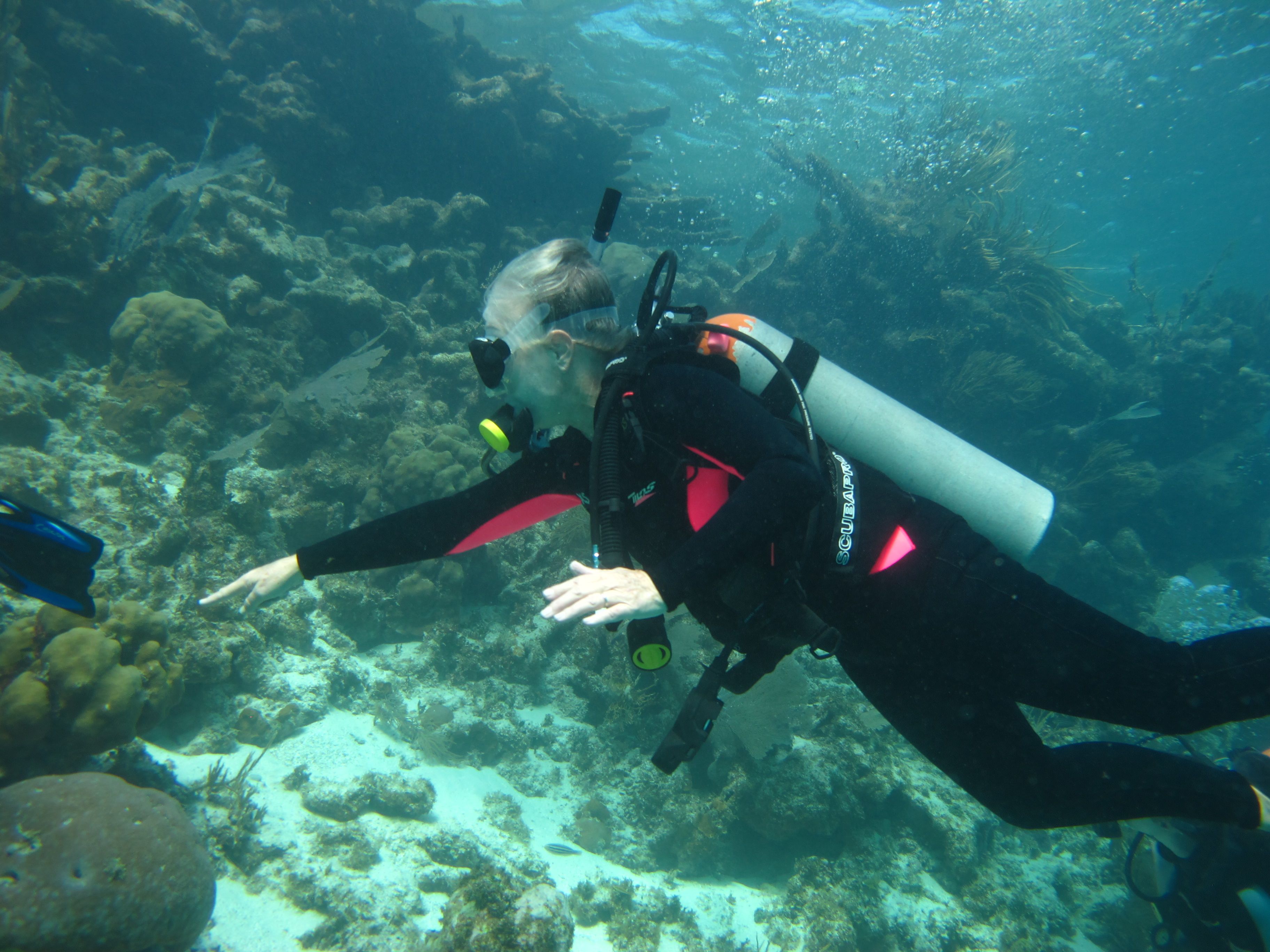
Adventurouspirits
It was a tough decision deciding which dive locations we should dive as we could only afford three more dives. Heading out to sea on the dive boat, we passed wrecks the reef had claimed. The sea was a busy with many other dive companies and boats, with hundreds divers out for a thrill of a lifetime. Finally, we were descending into this underworld wonderland, unfortunately the tourist trade is killing the reefs and fish population. There are just too many divers.
Enlarge
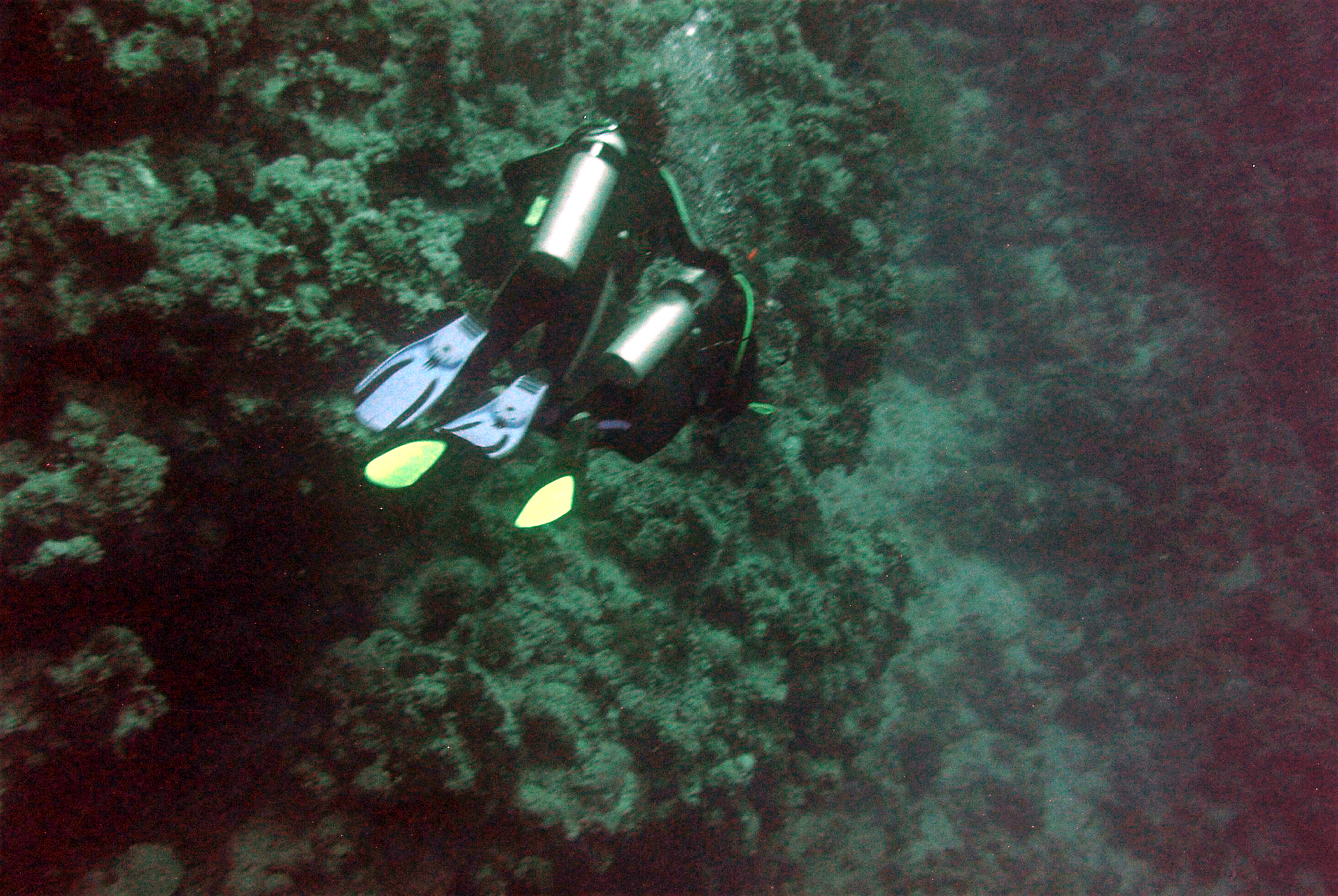
??
Enlarge
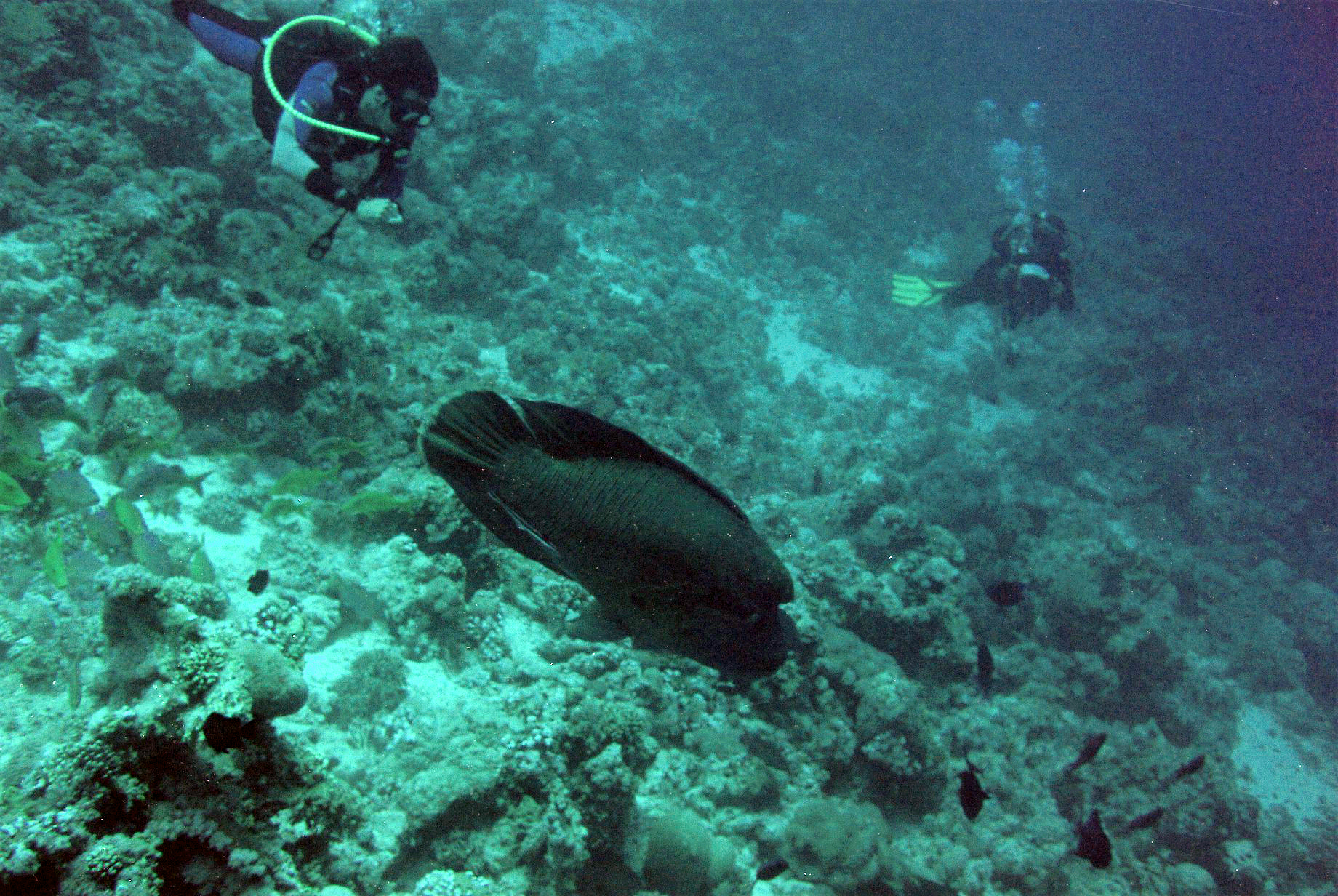
??
The next stop was Dahab a smaller more casual and less crowded little village for some more diving. Together with our traveling friends, we strolled along the beachfront, chatting to the locals, lounging in their Bedouin style beachfront restaurants. Local children selling their home made trinkets and wares. They would empty their little bags spreading out charming bracelets, and were thrilled when we would buy. One little boy was so delighted he held up a beaded bracelet and with a great grin he said to me, “A present for you.” I accepted and he carefully tied it onto my arm.
Enlarge

Adventurouspirits
Lying almost in the dead centre of the Sinai Peninsula is the Monastery of St. Katherine and Mt Sinai itself. The Monastery is one of Christianity’s most holy sights and amongst other things, marks the spot where Moses spoke to the Burning Bush. Mt Sinai is the place where Moses received the tablets with the Ten Commandments. If you are energetic, you can rise at 2:00am and join the throngs who make the three hour climb up Mt Sinai everyday to witness the sunrise. We drove to these famous landmarks from Dahab to see the spectacular desert scenery and experience the generous Bedouin hospitality.
Enlarge

Adventurouspirits
After exploring the environs of the monastery and the mountain, we located a campsite close to a Bedouin trading post. After pitching camp and eating supper we followed the sweet melodic sounds of Arabic music the tent from which the Bedouin owner was offering tea and souvenirs. Genuine spontaneous hospitality, glowing charcoal embers, sweet mint tea, and the intoxicating smell of apple honey tobacco emanating from the shisha pipe combined to fill our hearts with warmth and peace.
Enlarge

Adventurouspirits
At one point in the evening, Janet disappeared with the owner of the tent. After ten minutes, they returned and Janet was dressed in a beautiful hand embroidered Bedouin dress including headdress and veil. I was next and I emerged clothed in the traditional white Arabic gown and a blue and white turban. We were given the local names Salumen and Hadija and continued to dance, drum and chatter well into the wee hours of the morning. It was a magical evening and proved once again that people of all races and colours are curious and friendly.
Enlarge
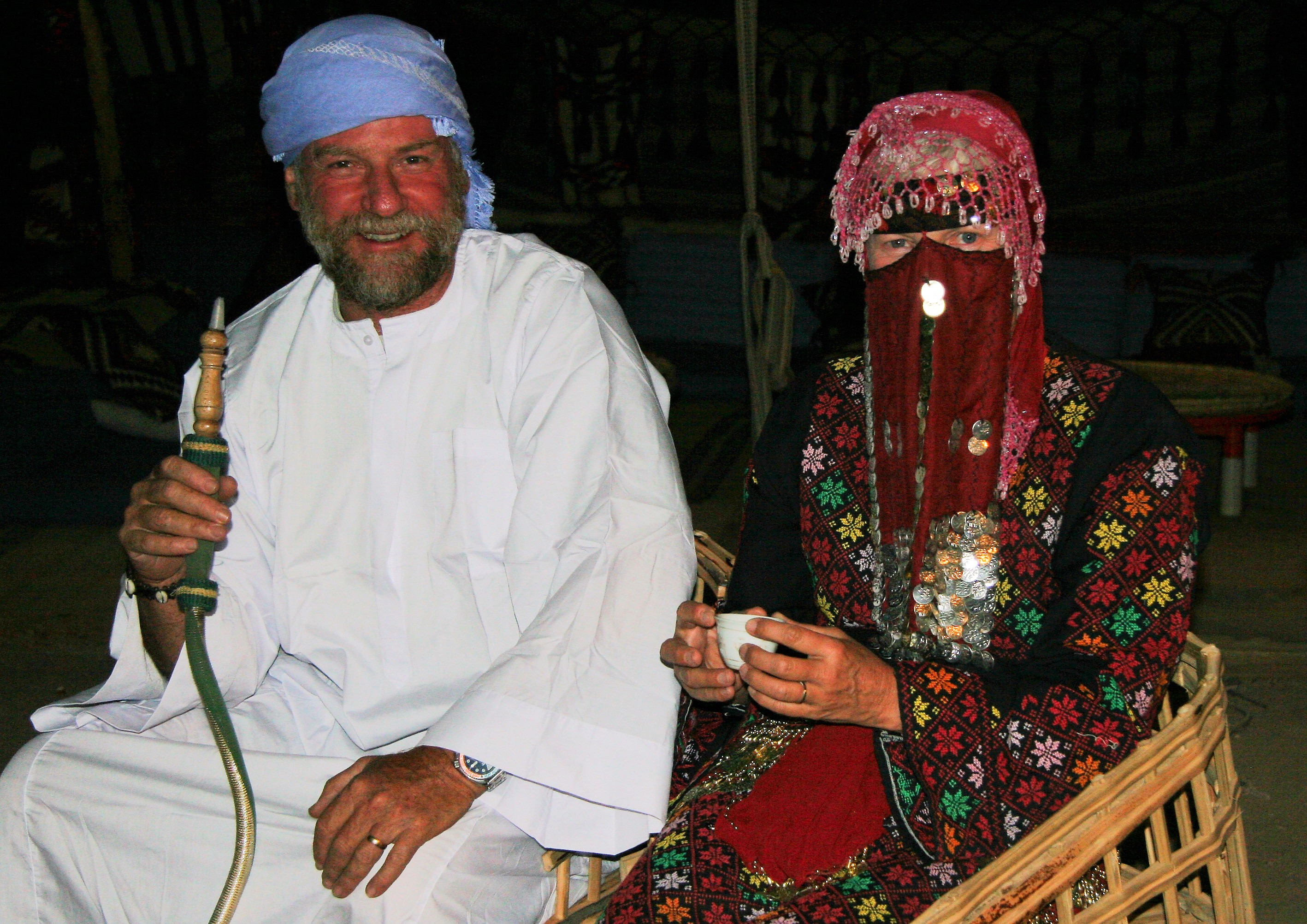
Adventurouspirits
Enlarge

ON our way to the port of Nuweiba to process us and our vehicle out of Egypt (another daunting task) we passed a herd of camels with a pure white calf. Seeing one of these is considered to be a good luck omen. We stopped to admire it and take in as much luck as possible.
Enlarge
